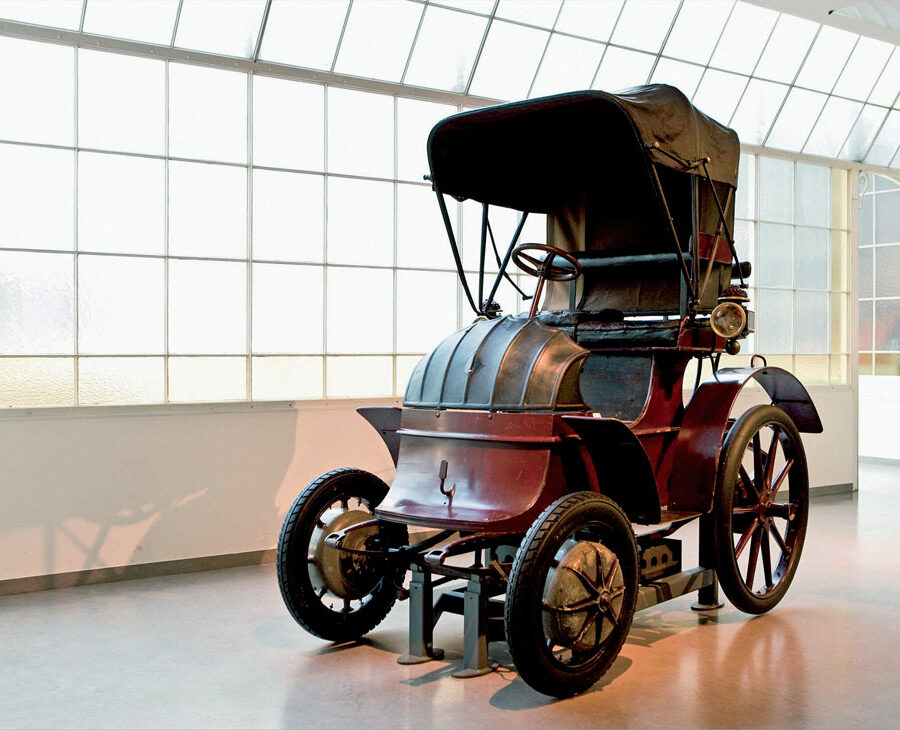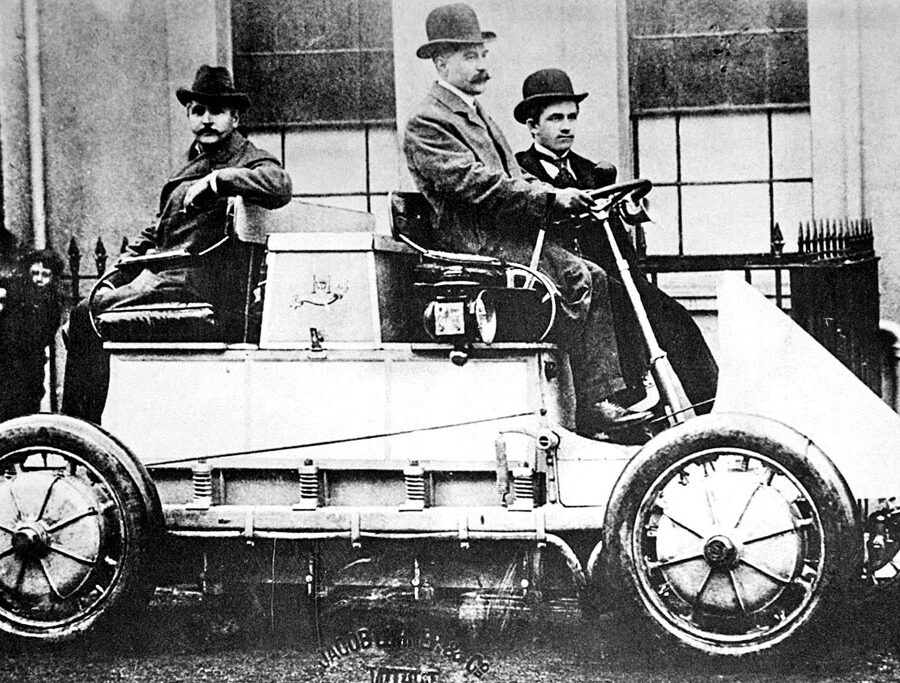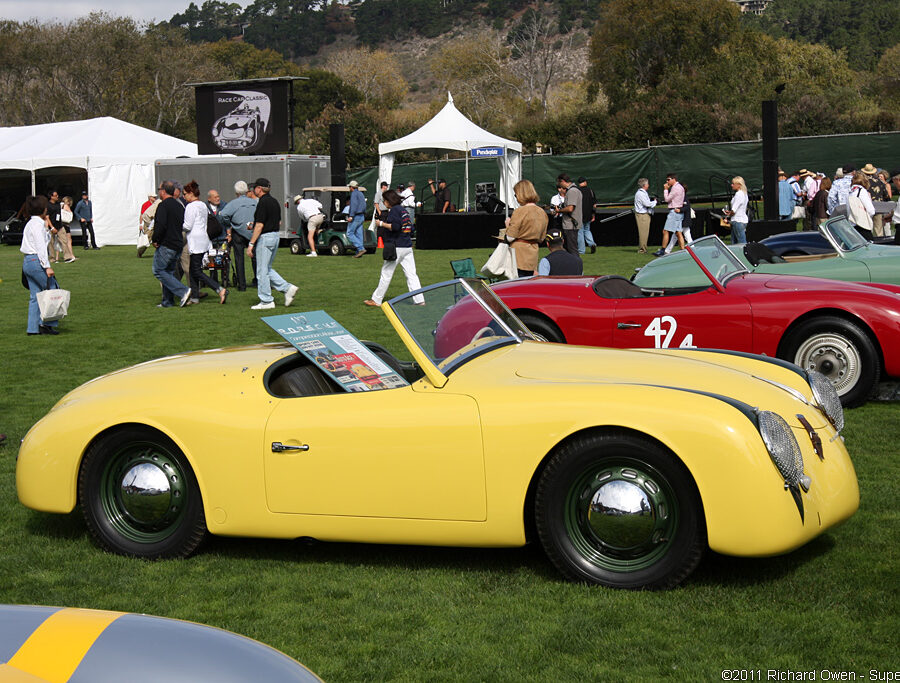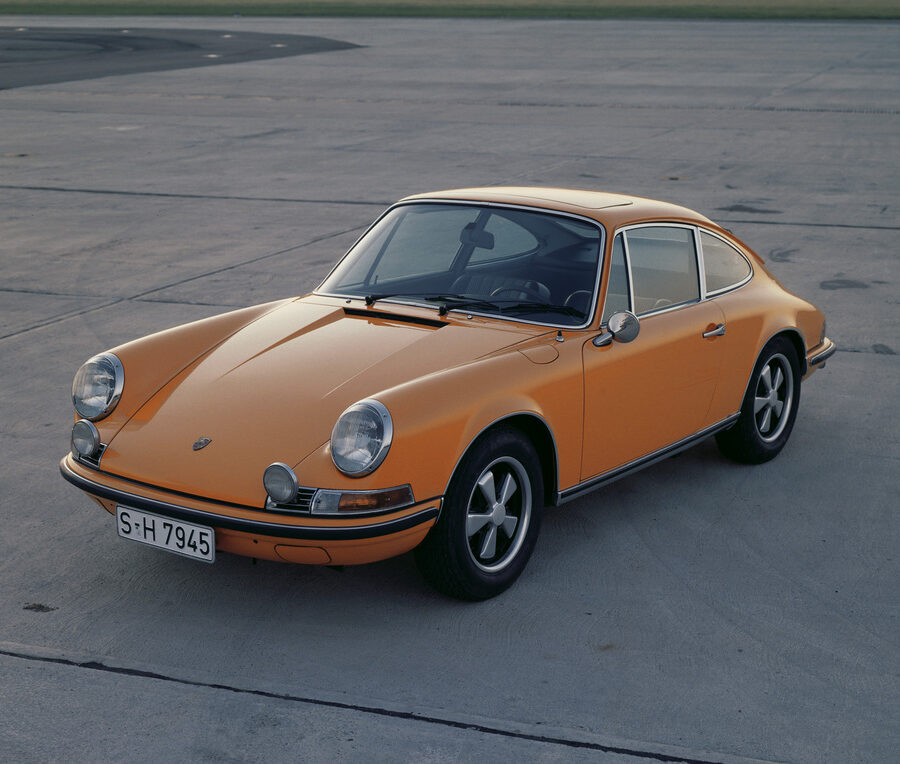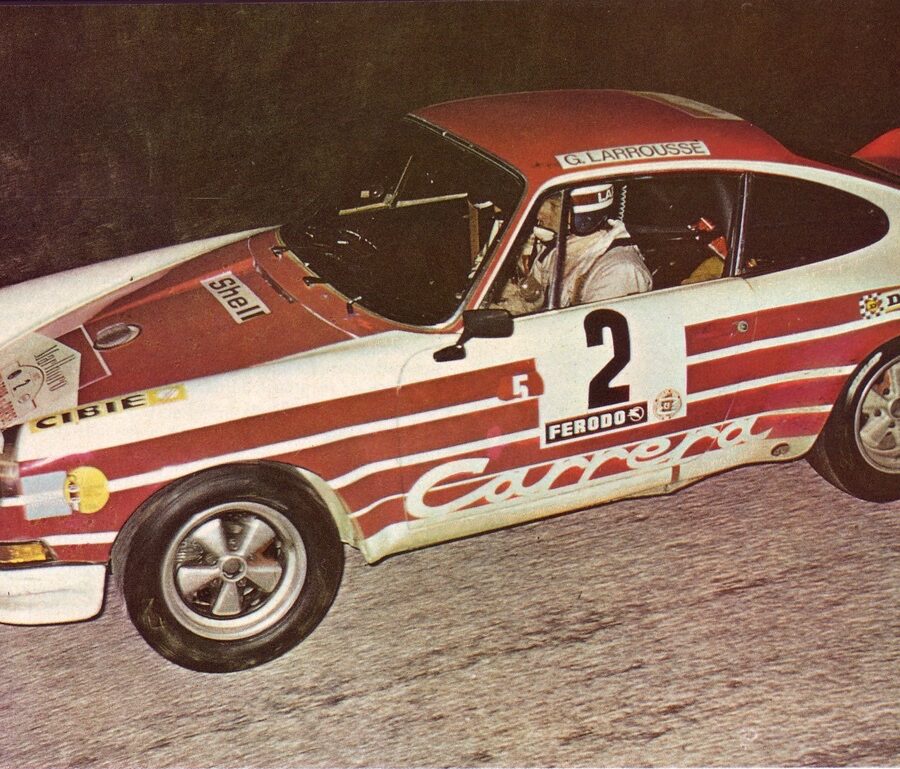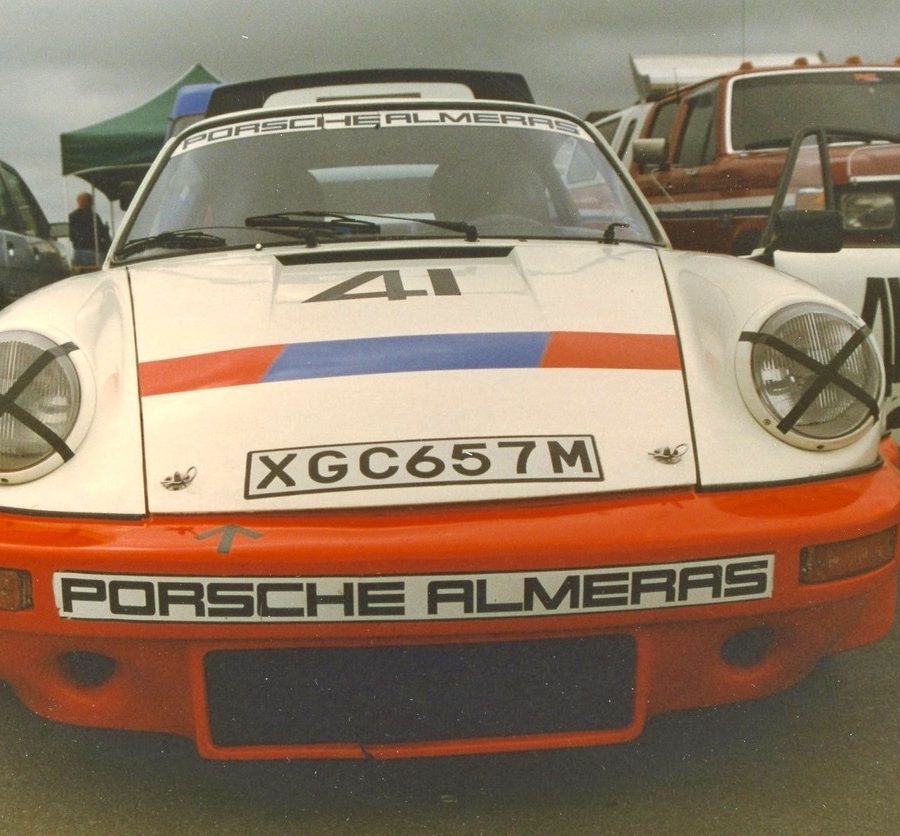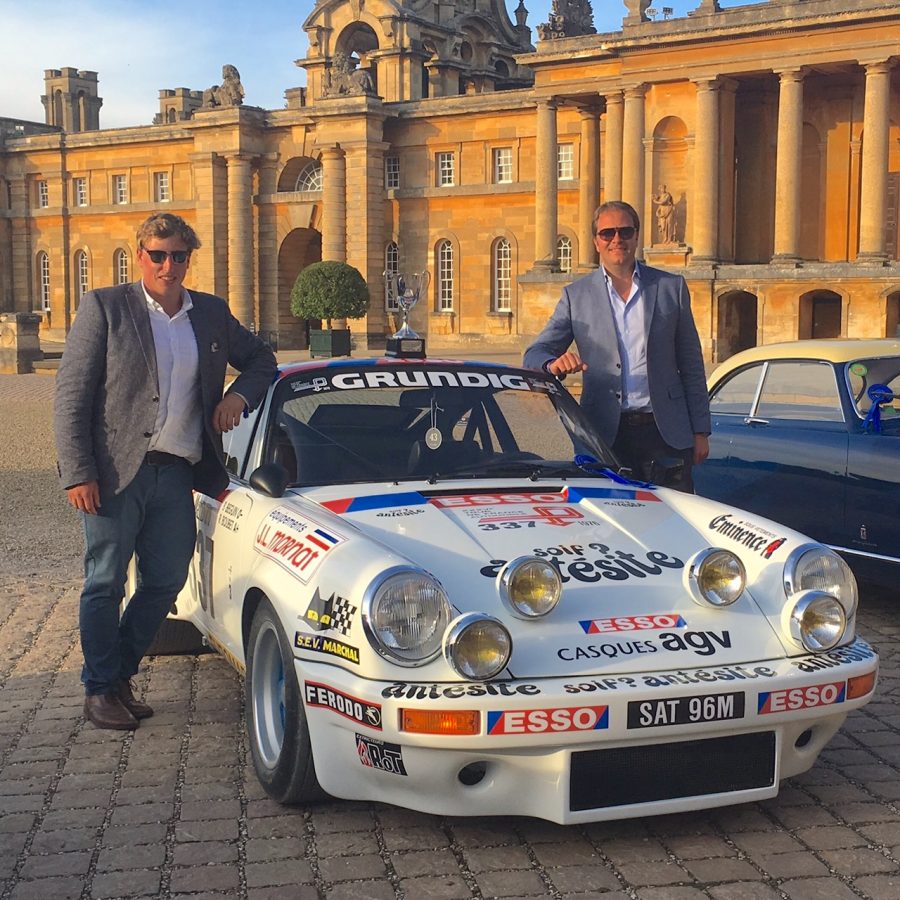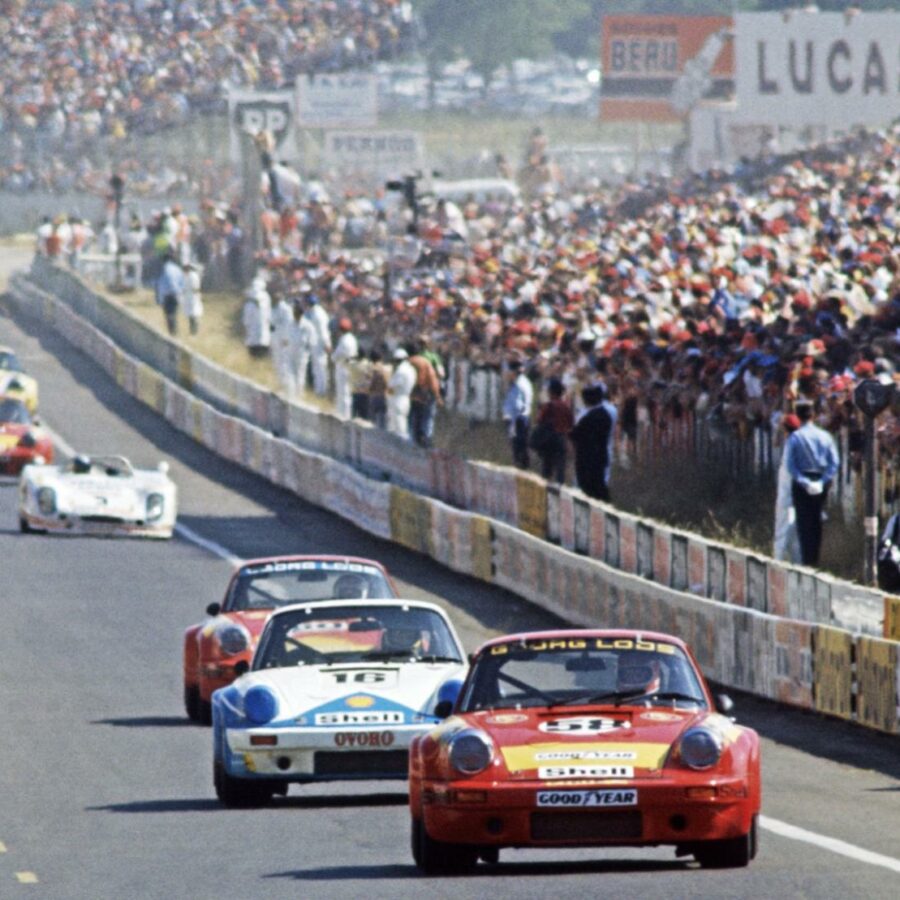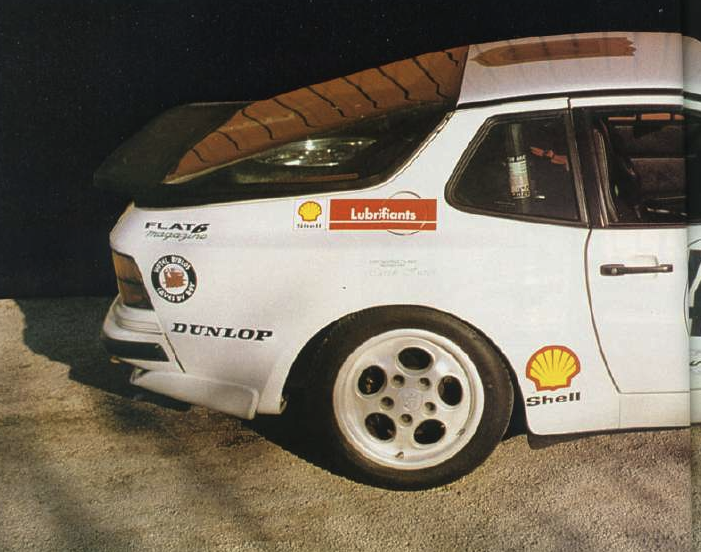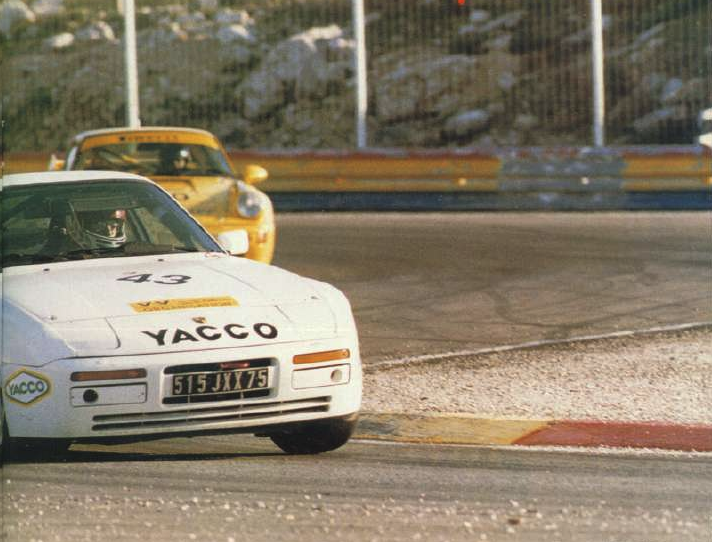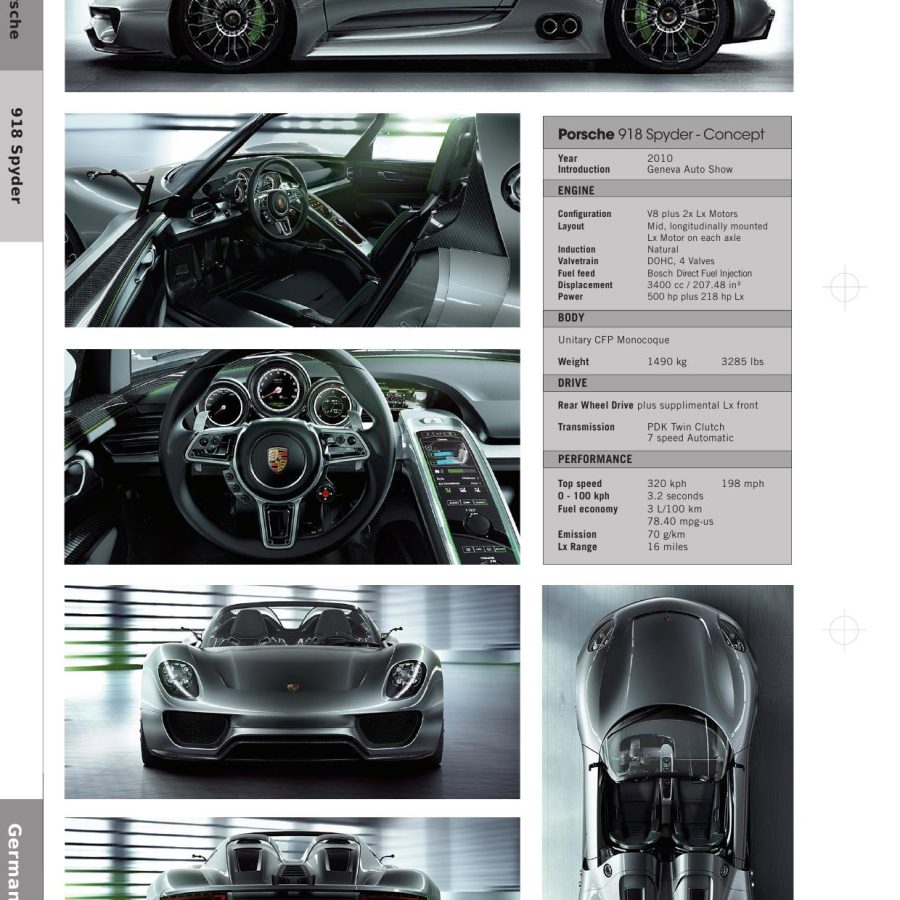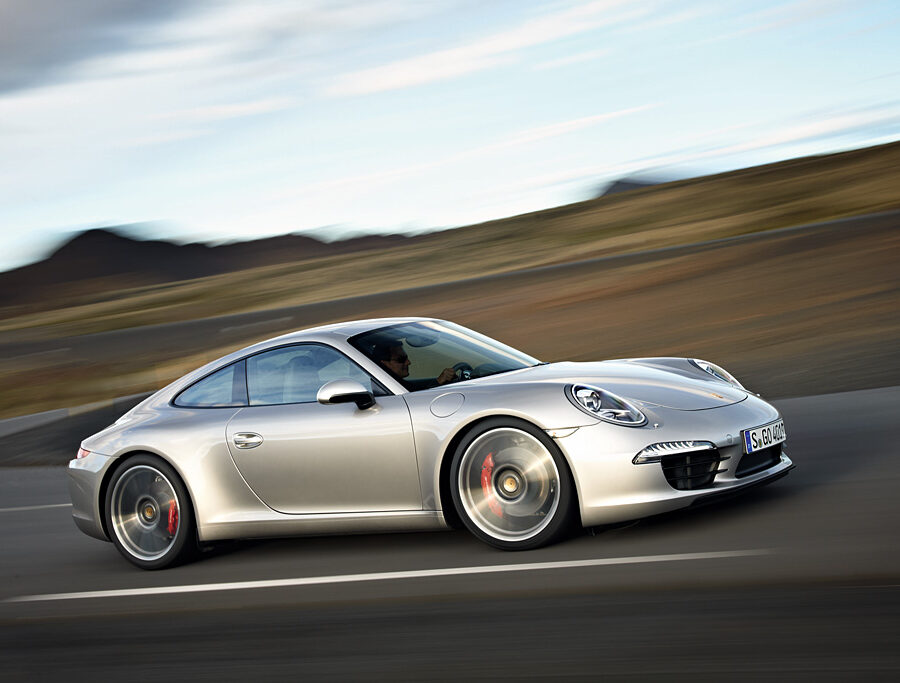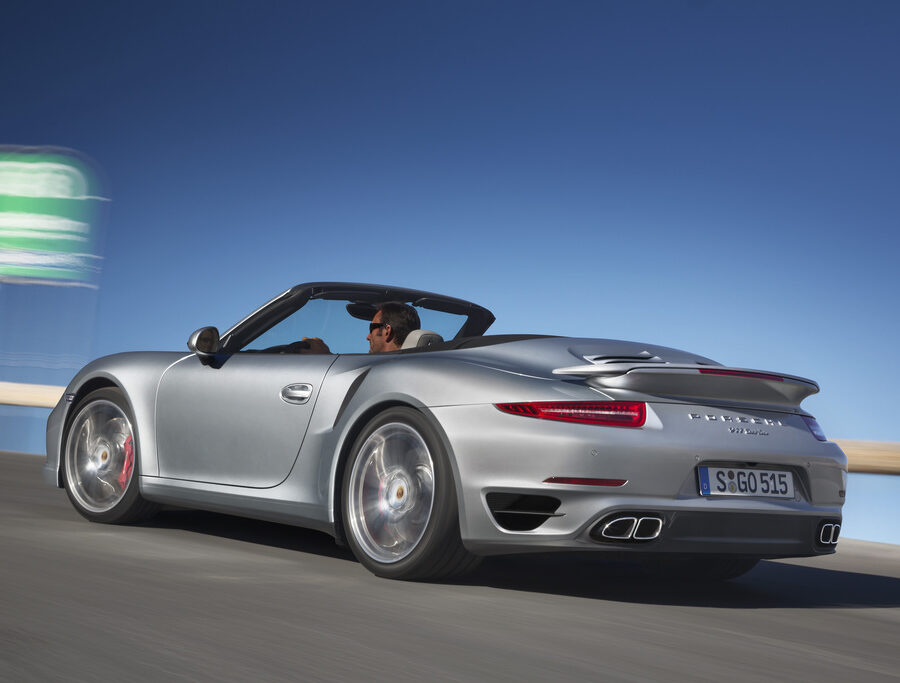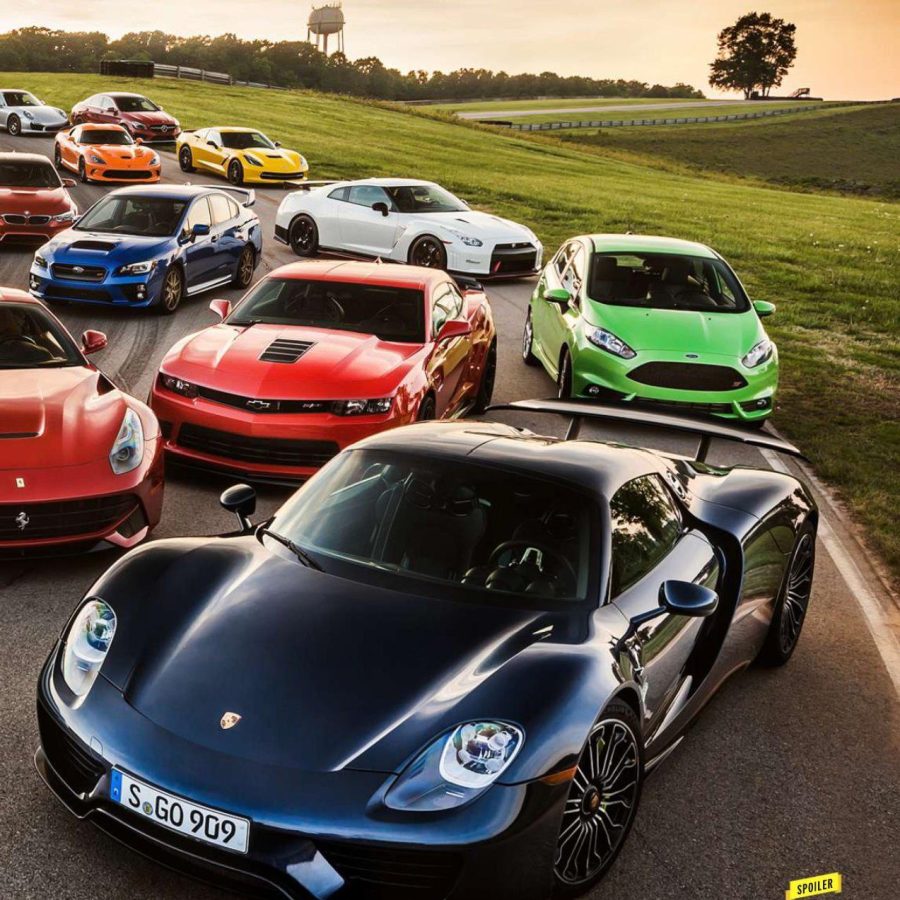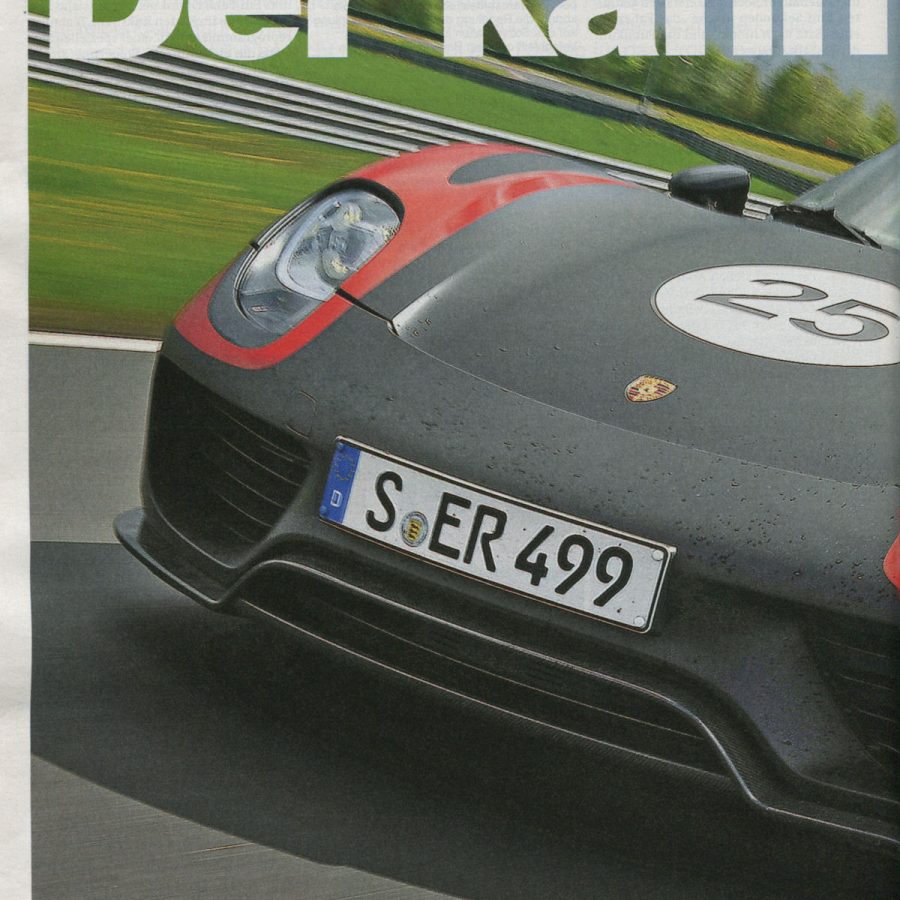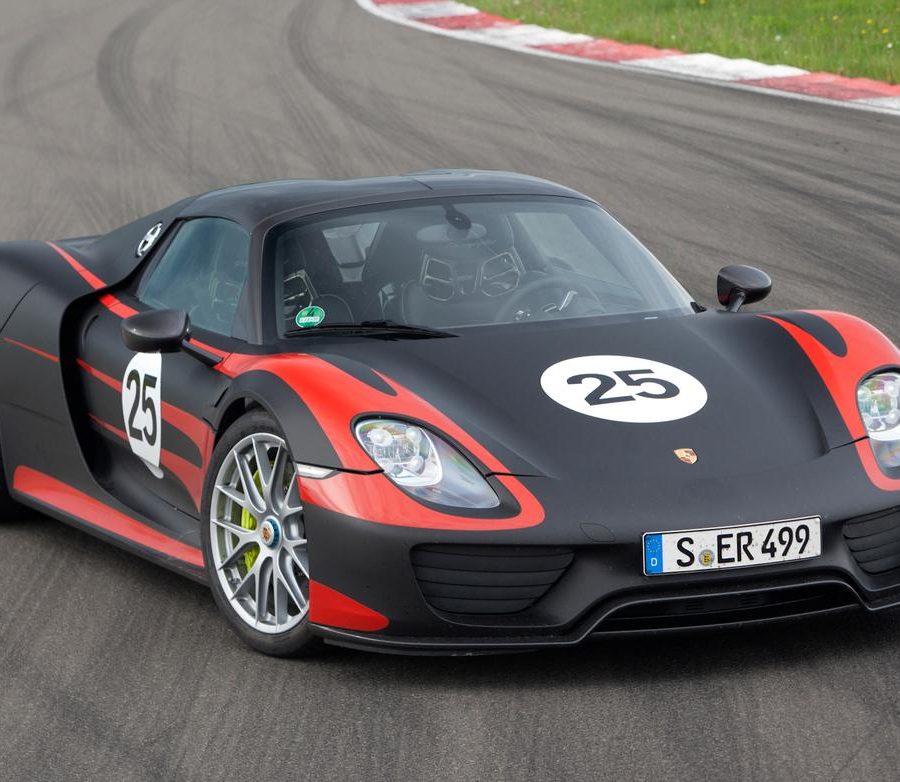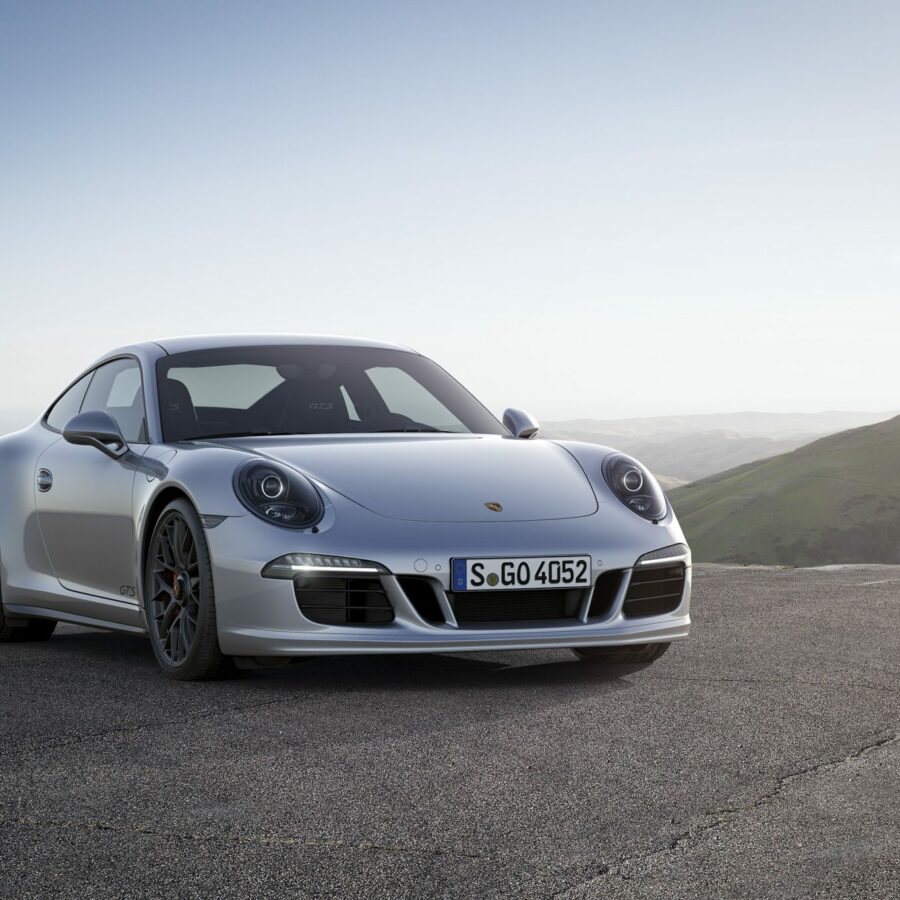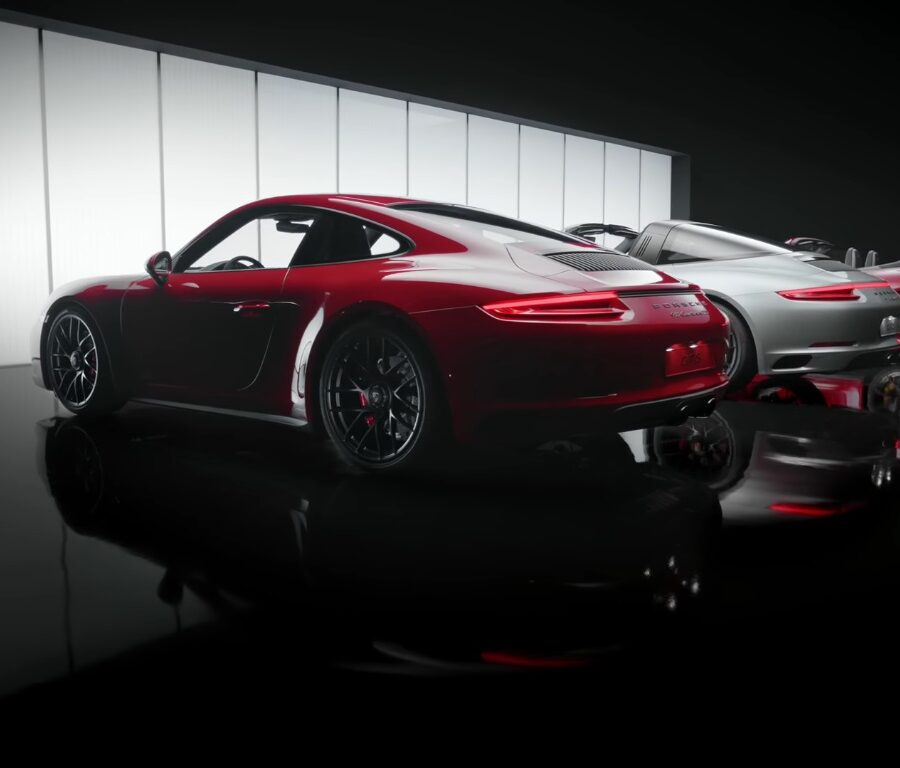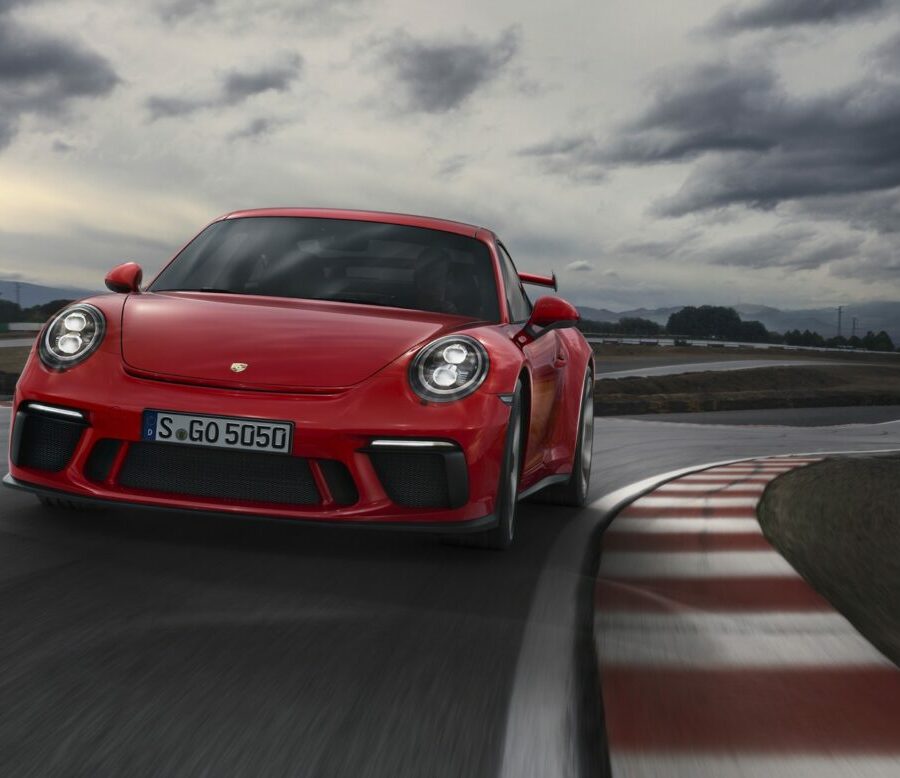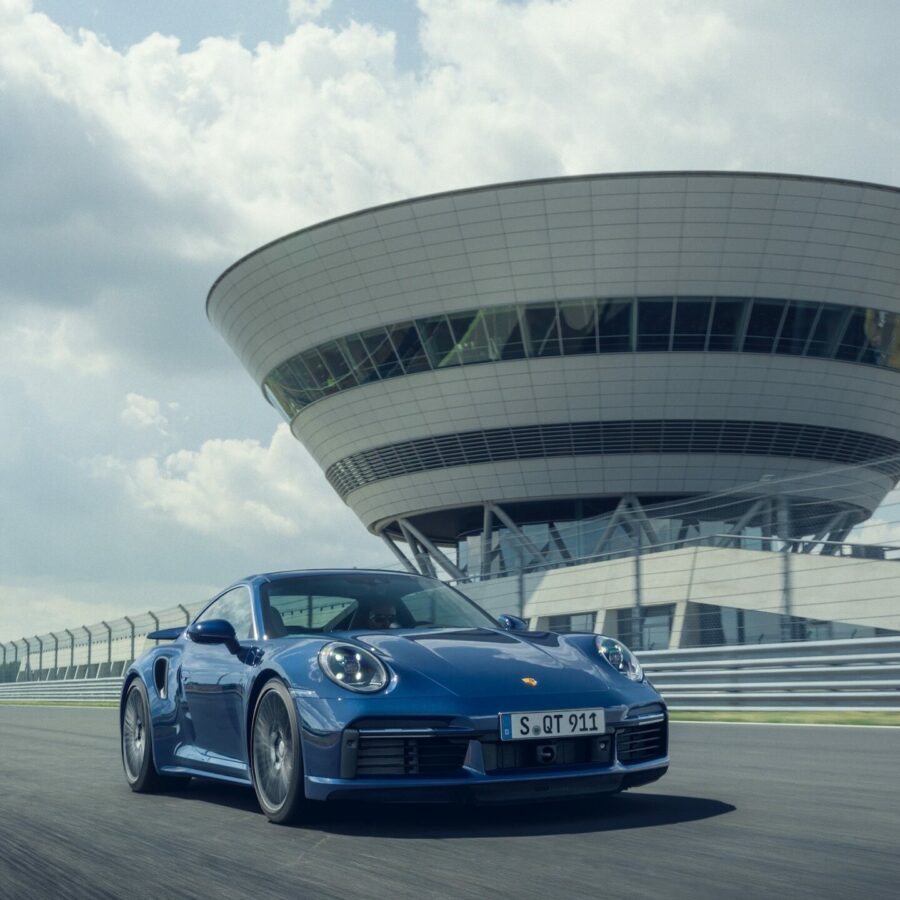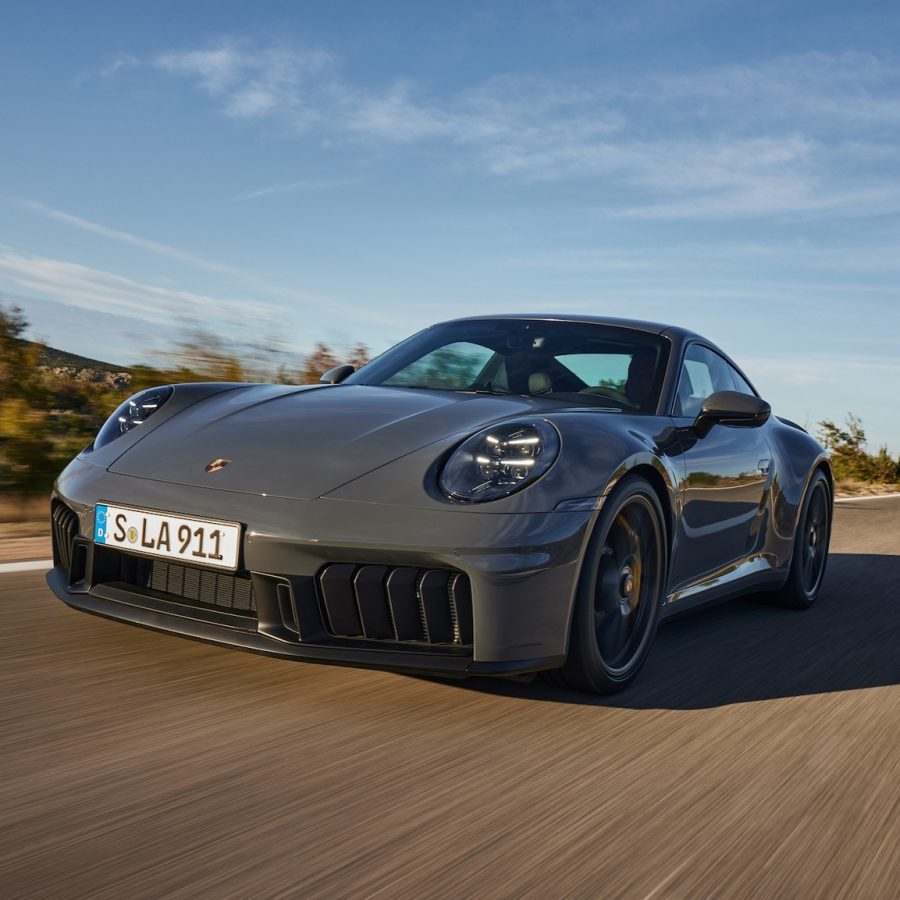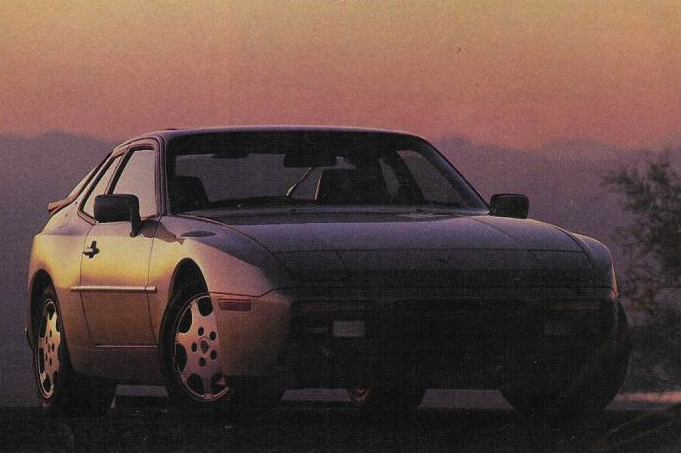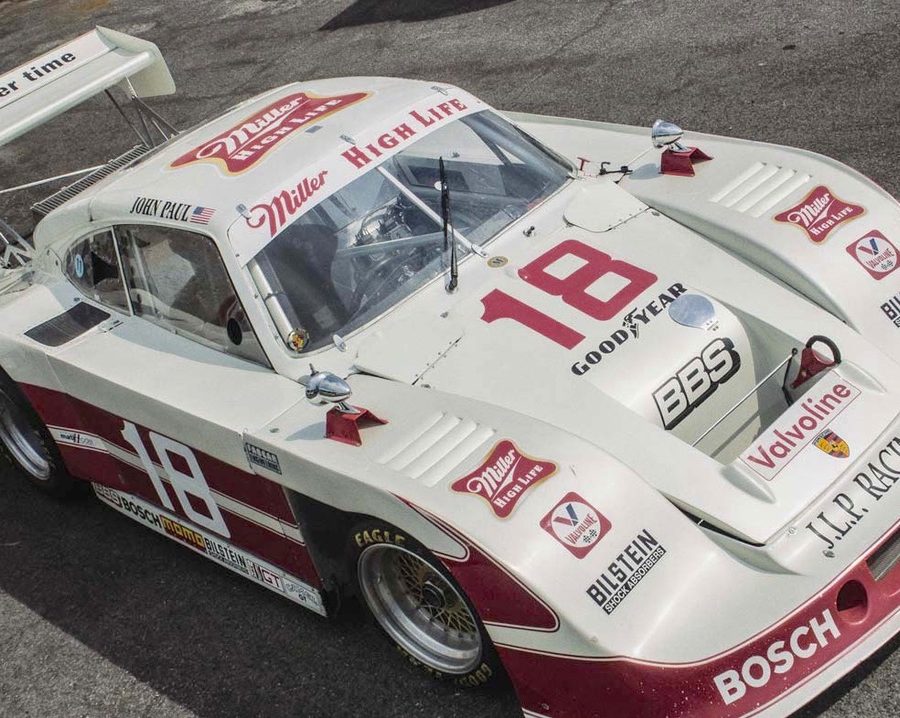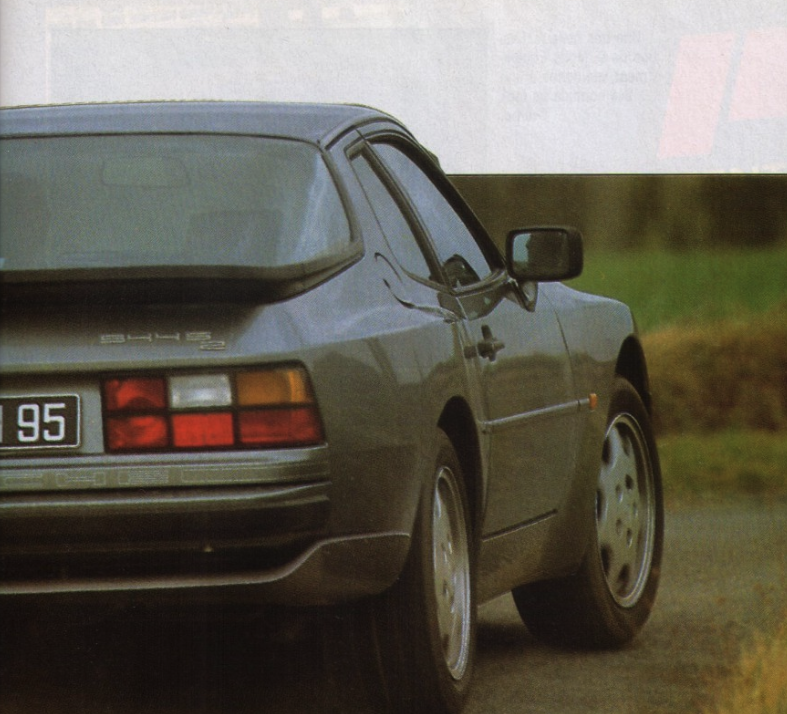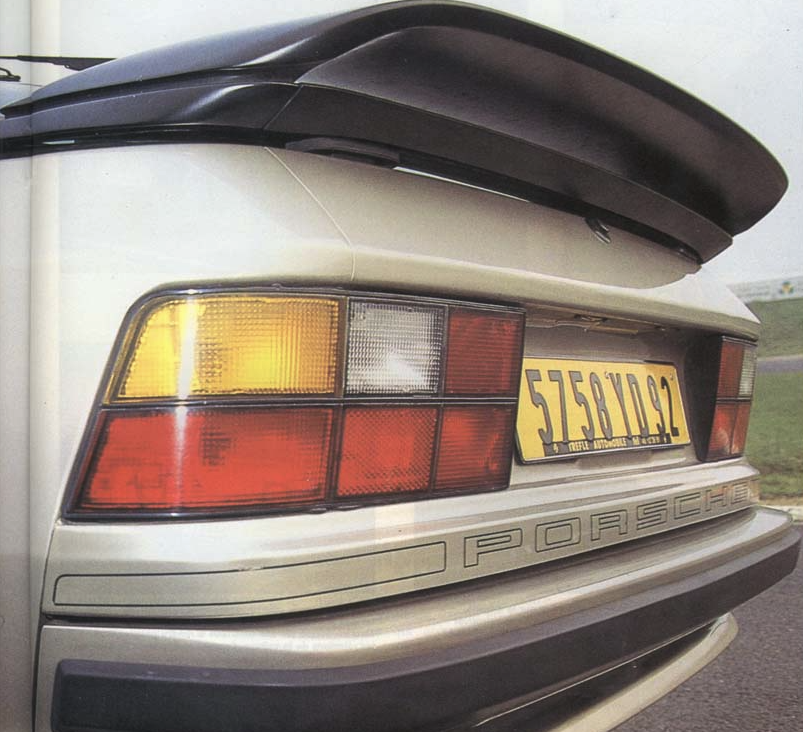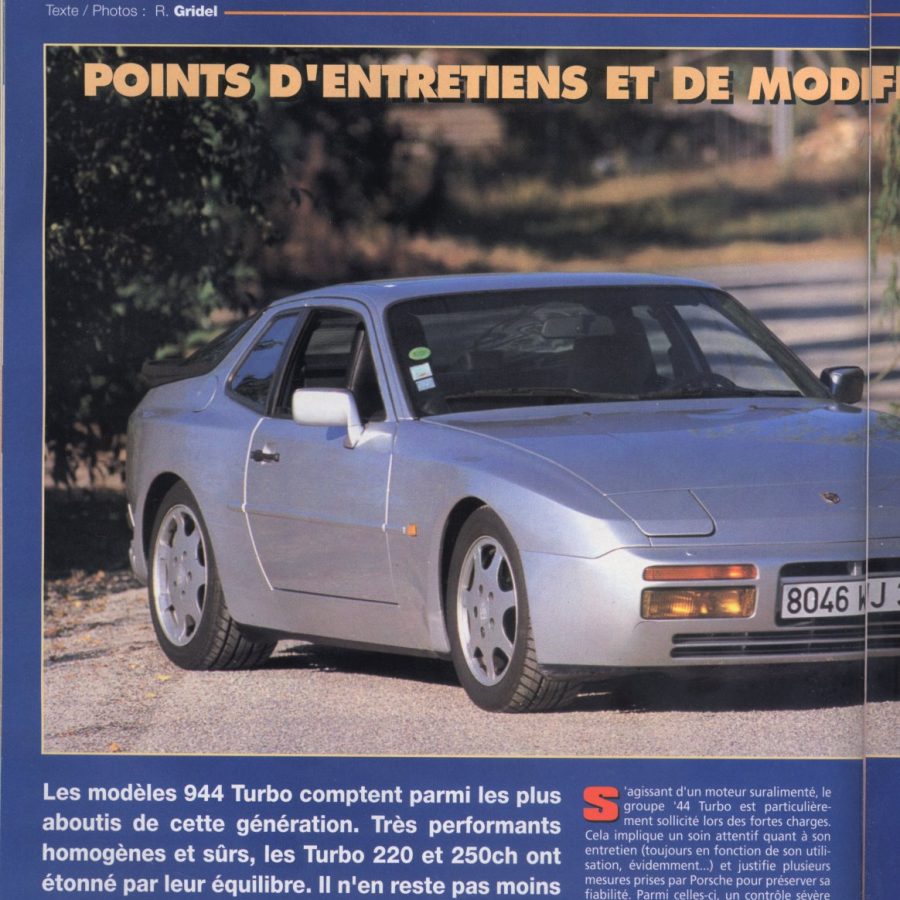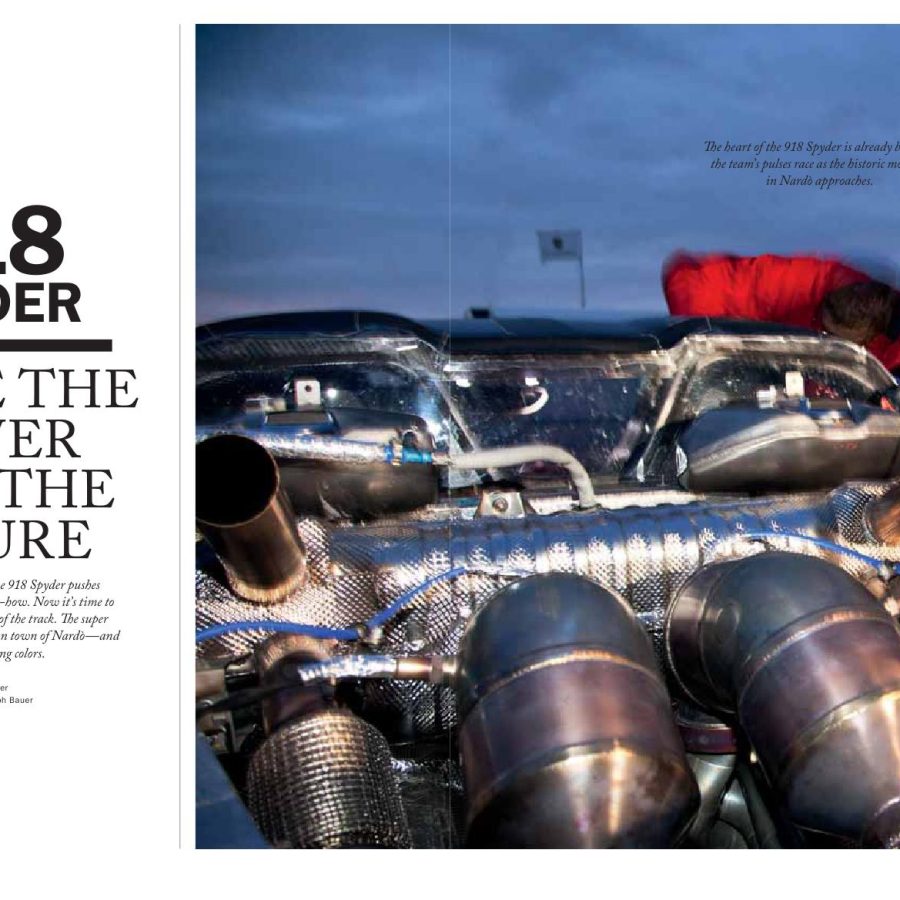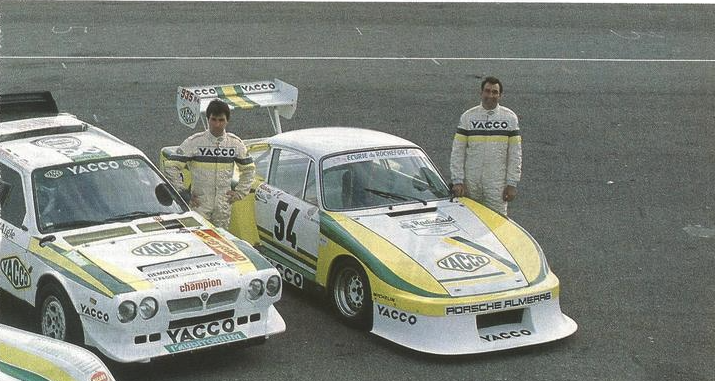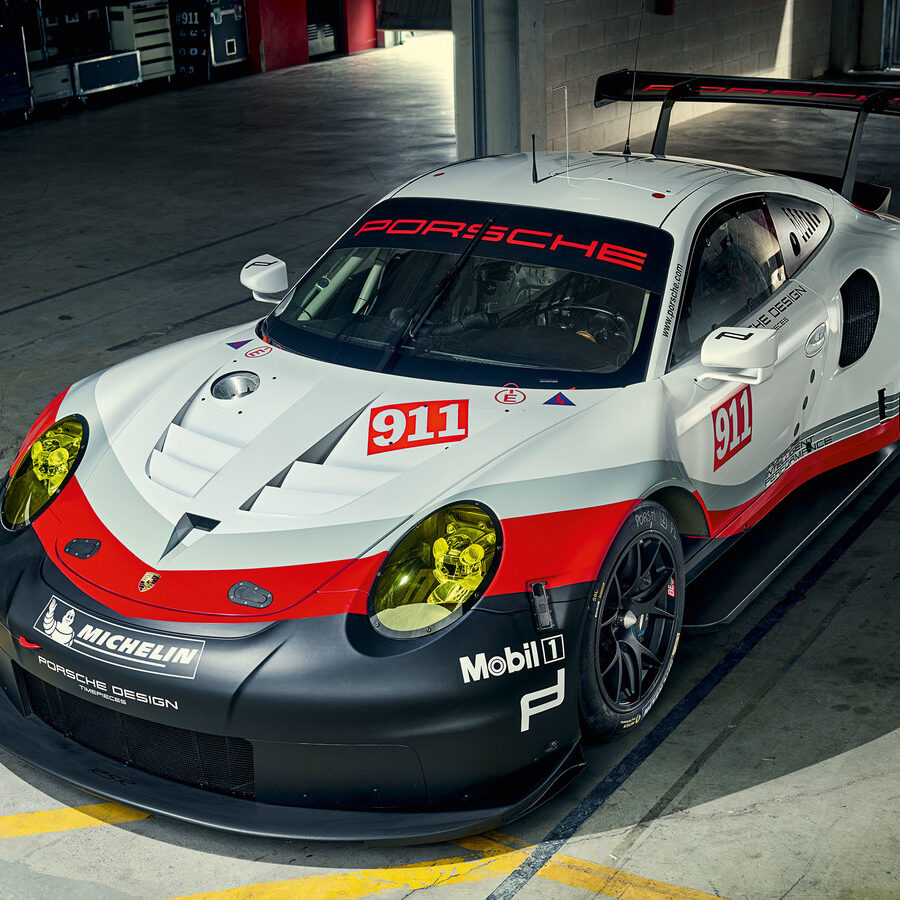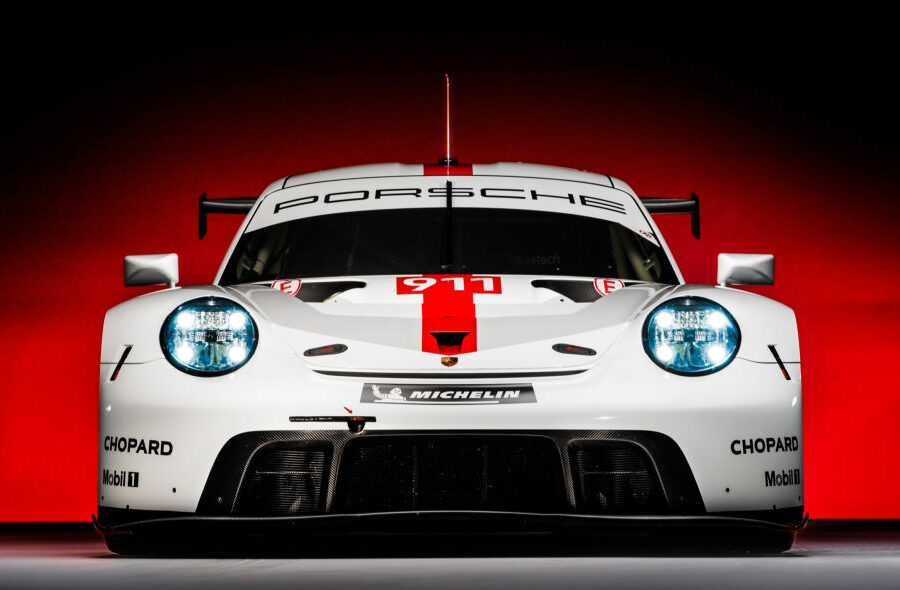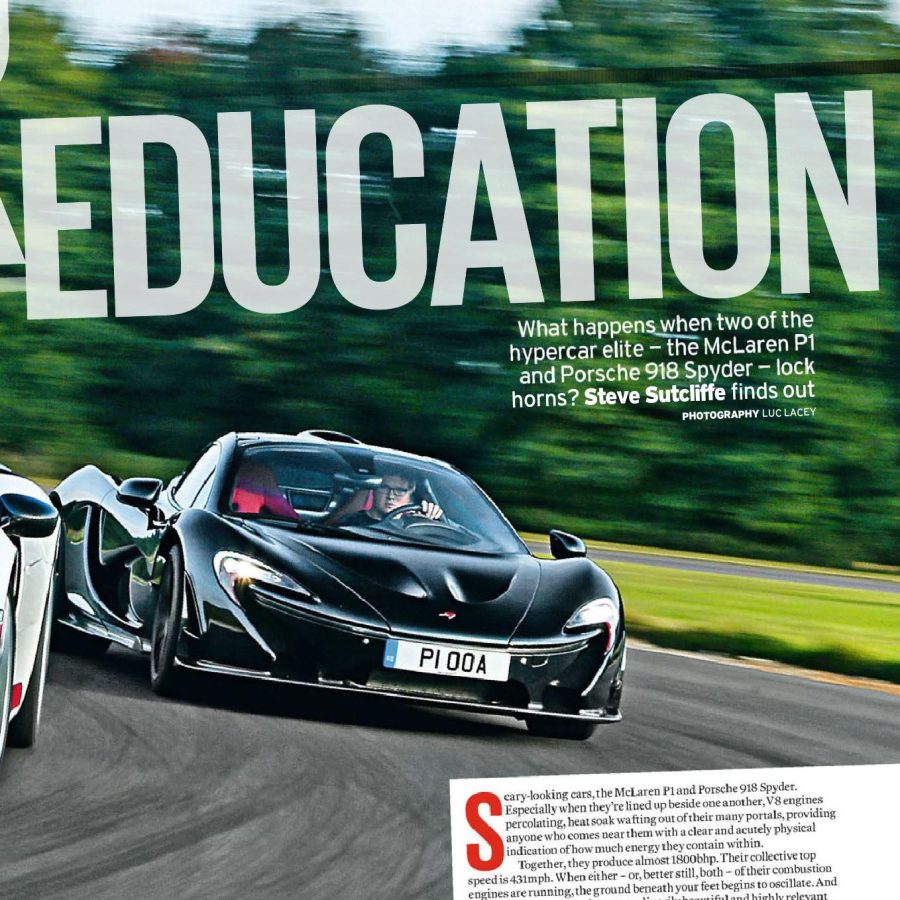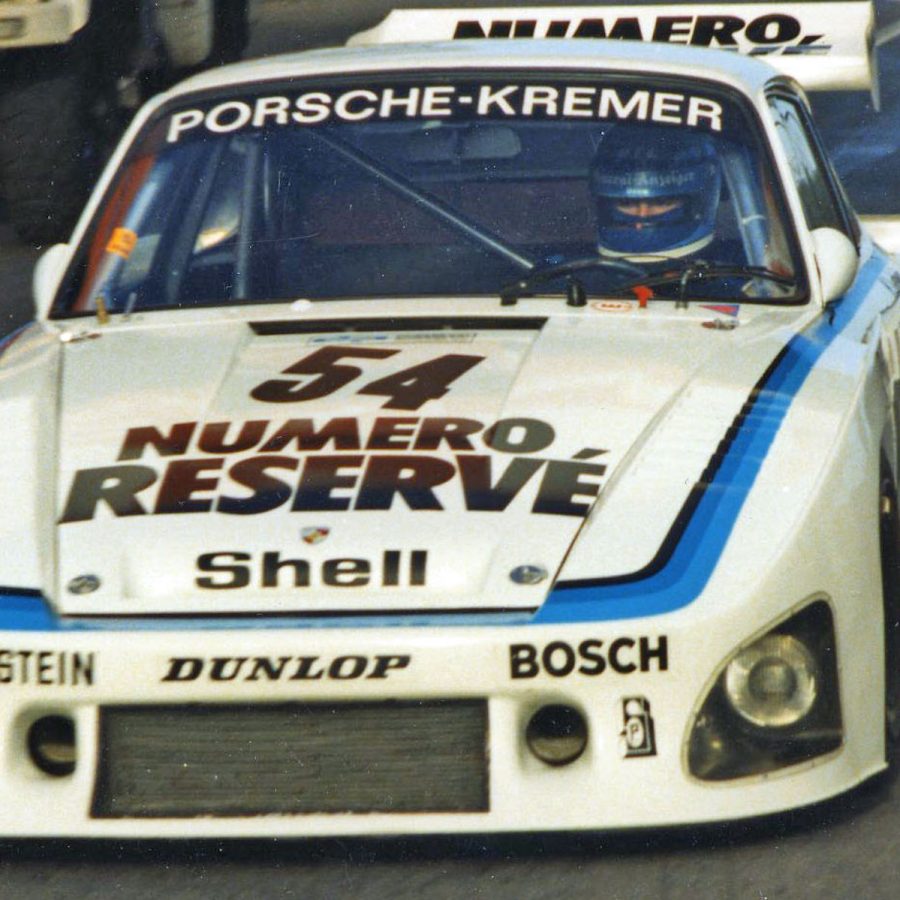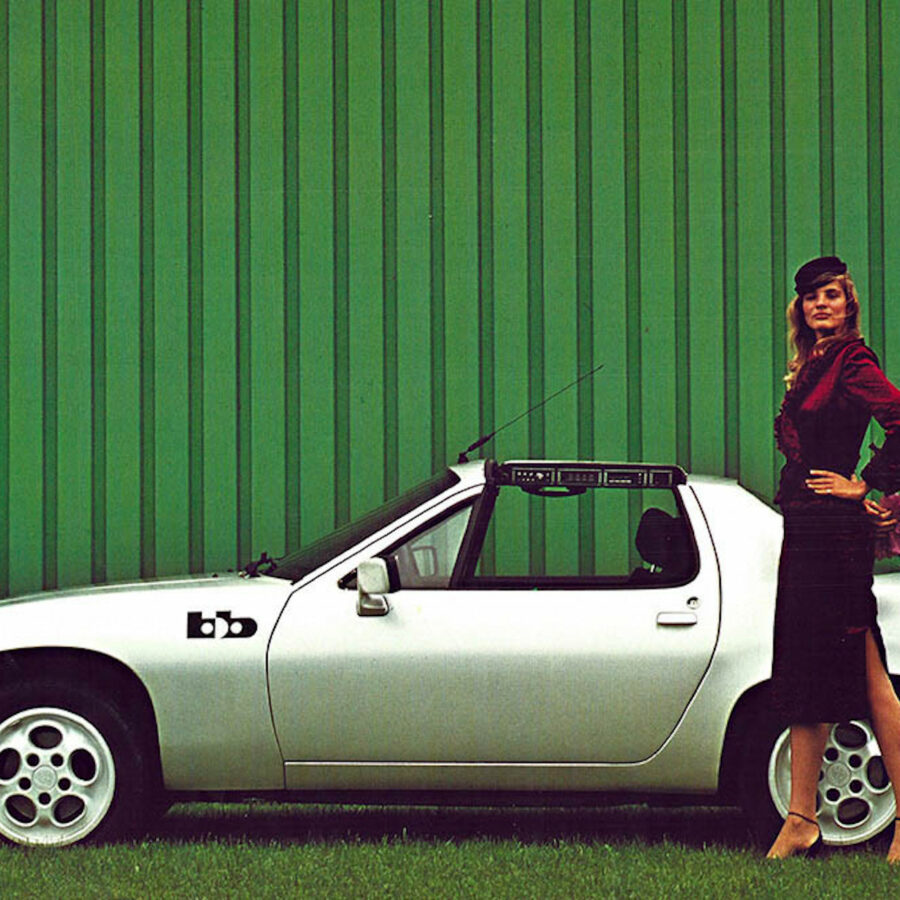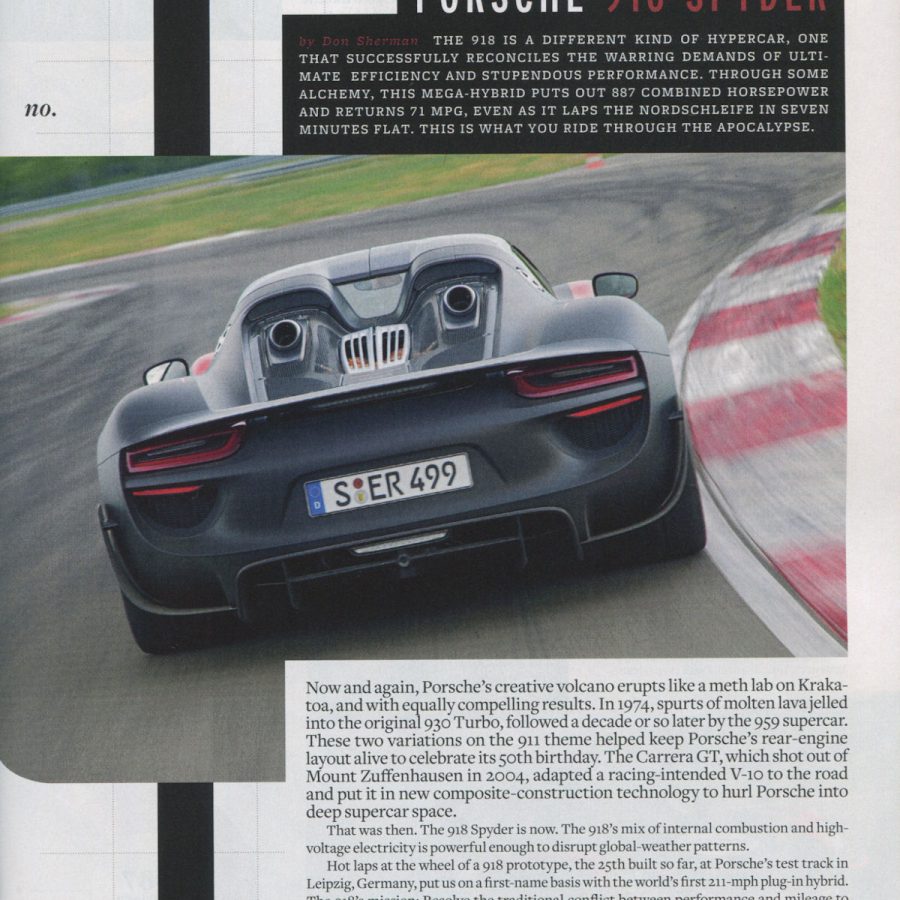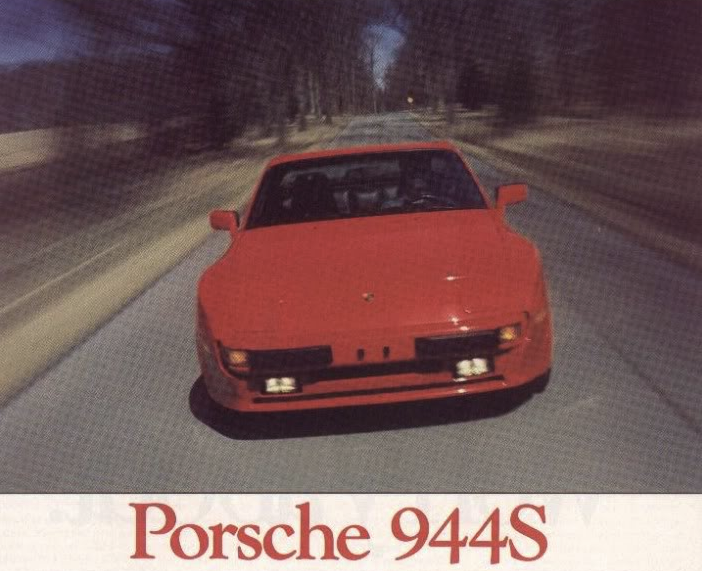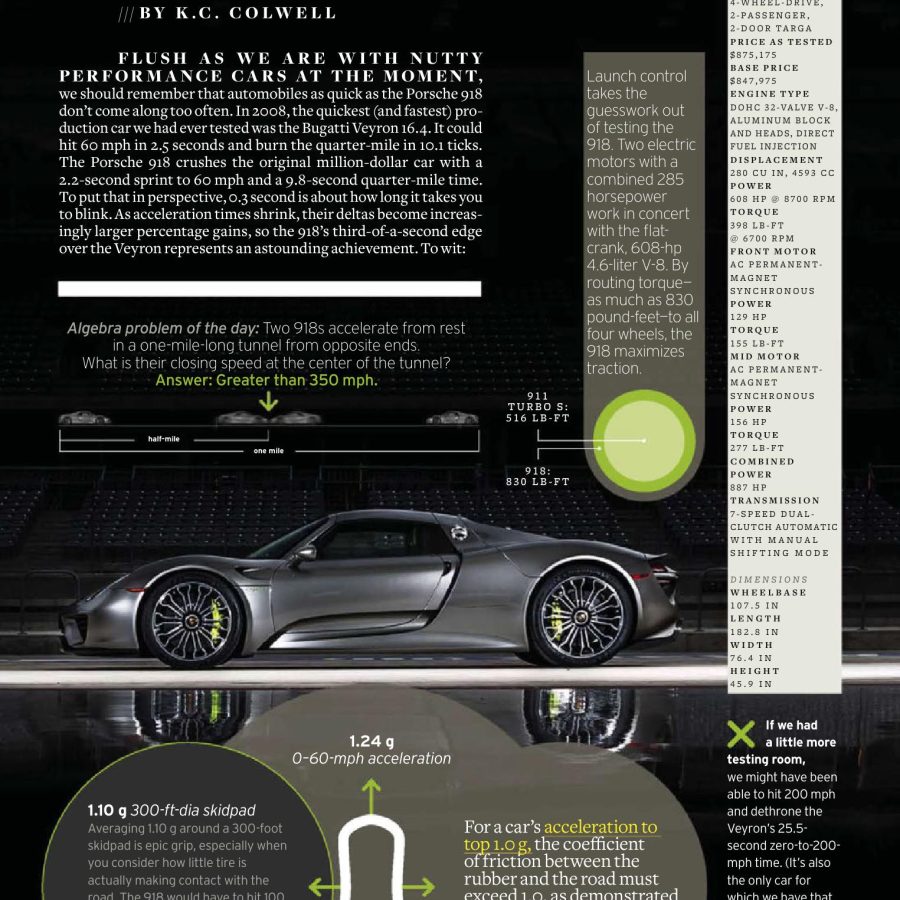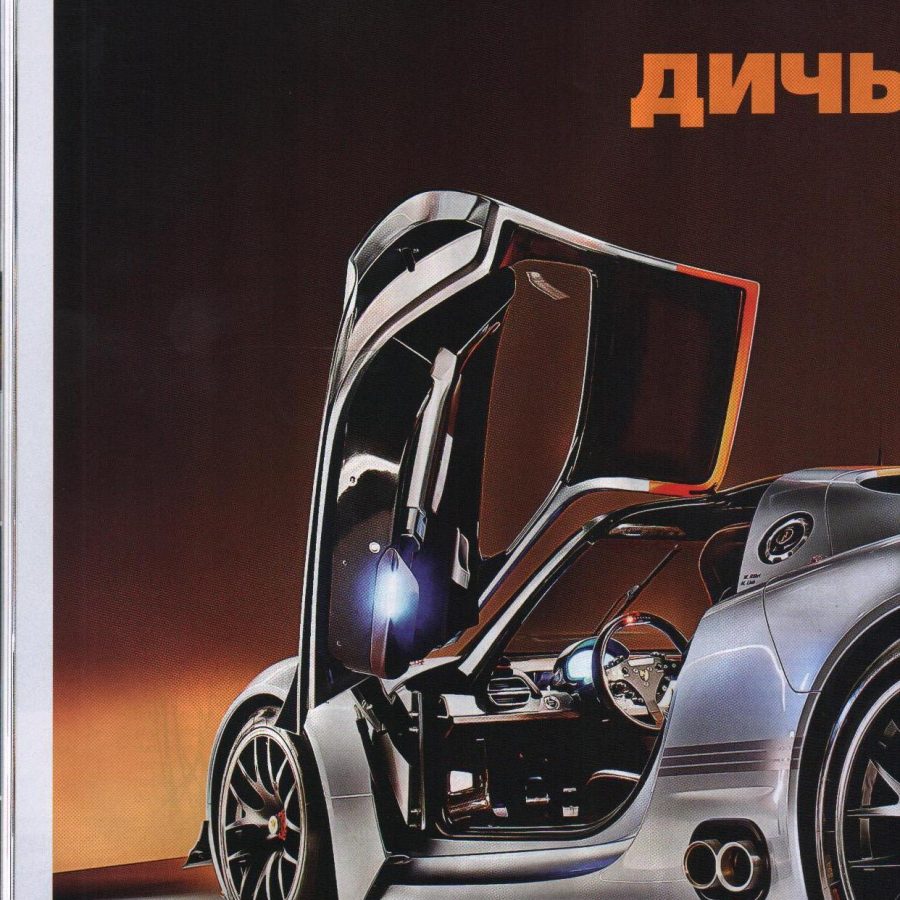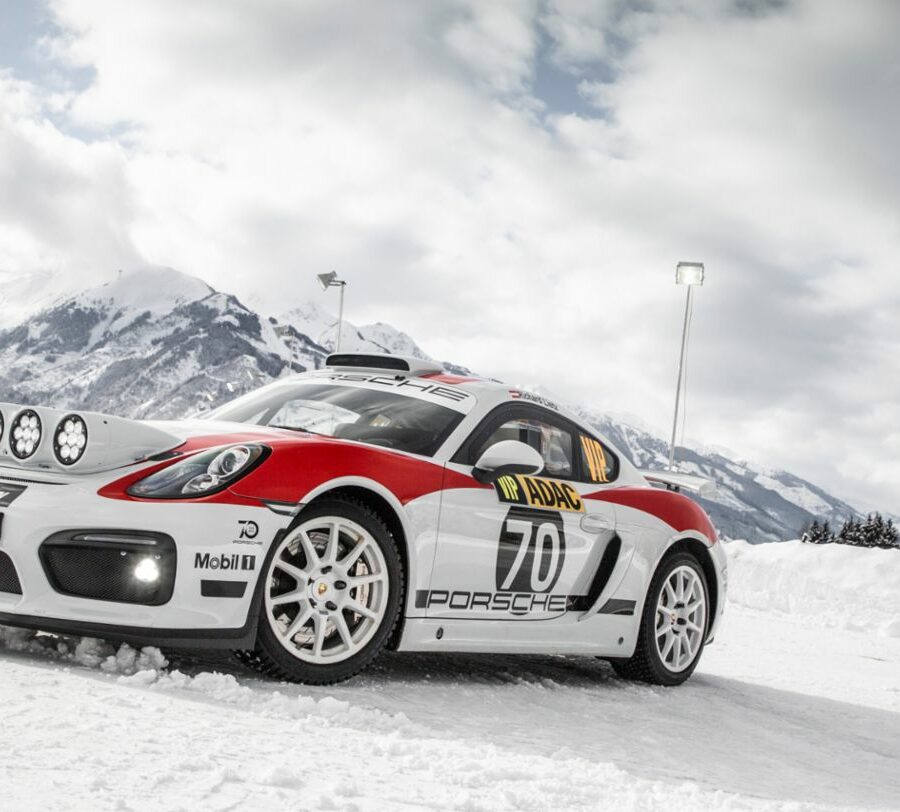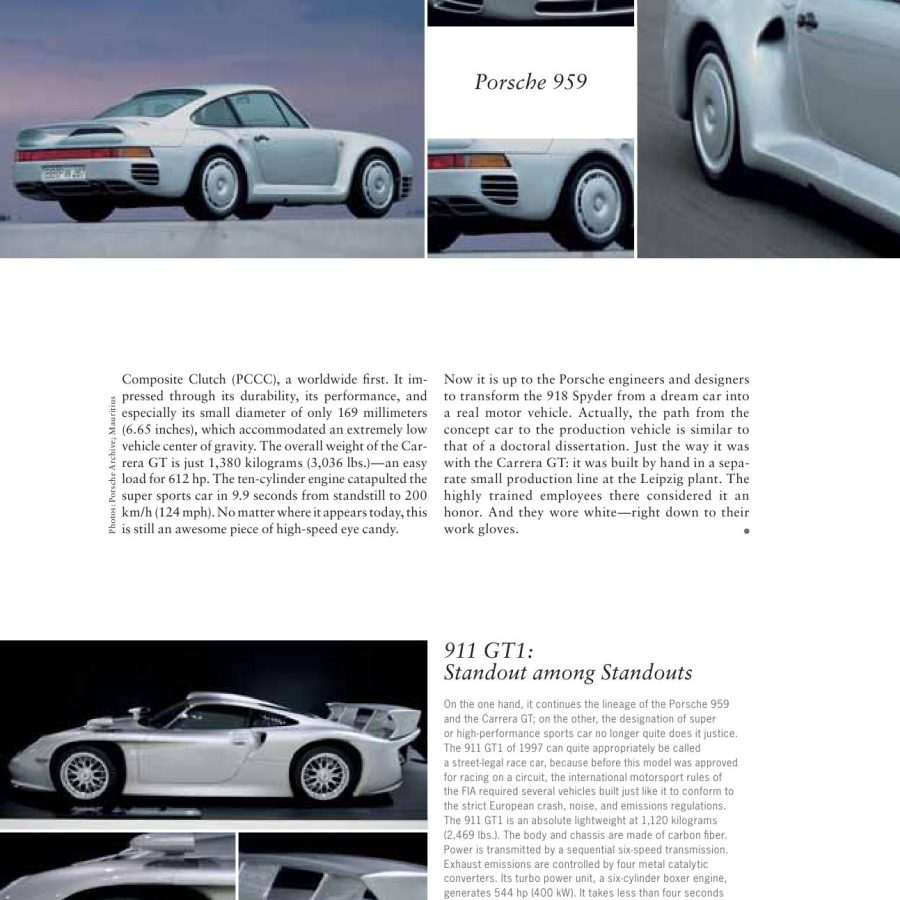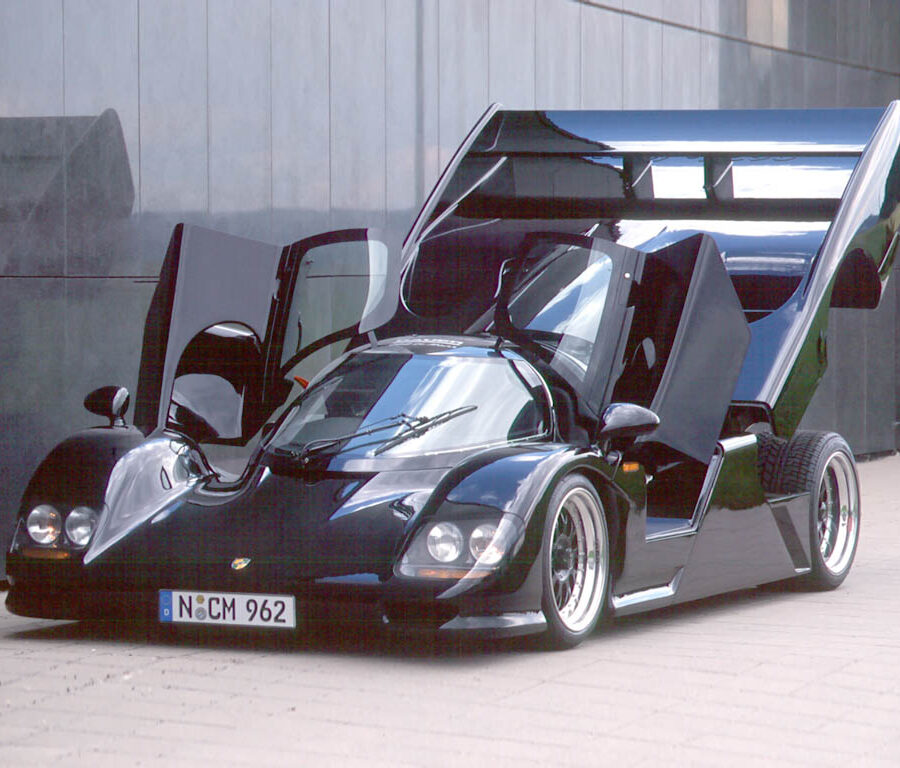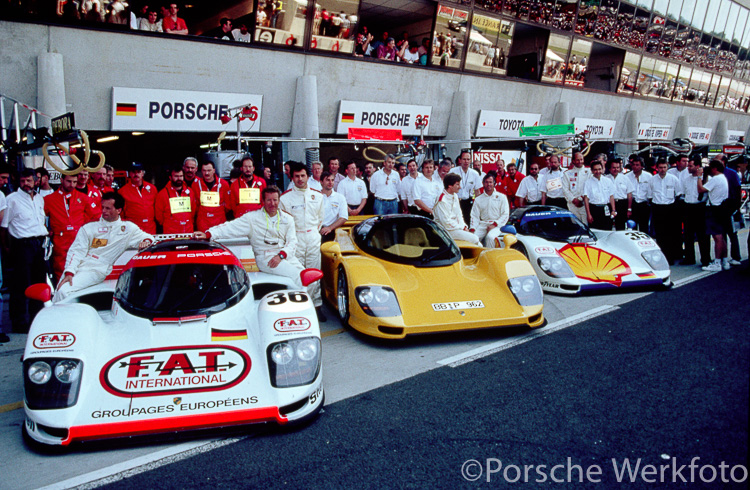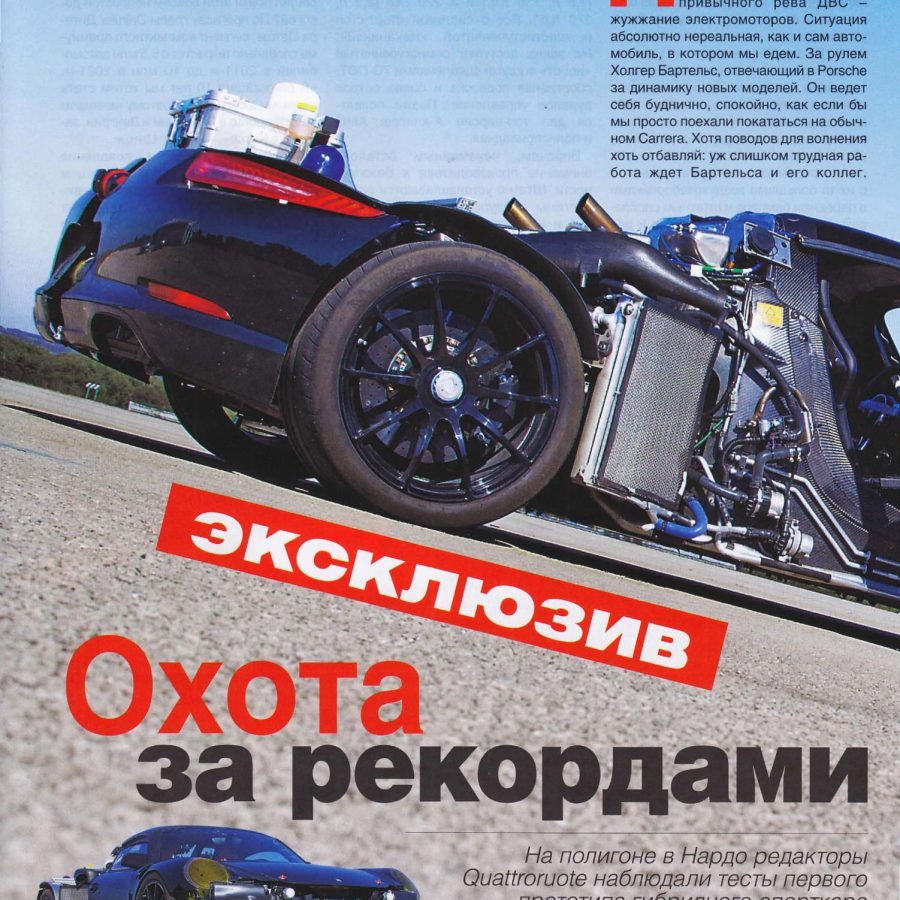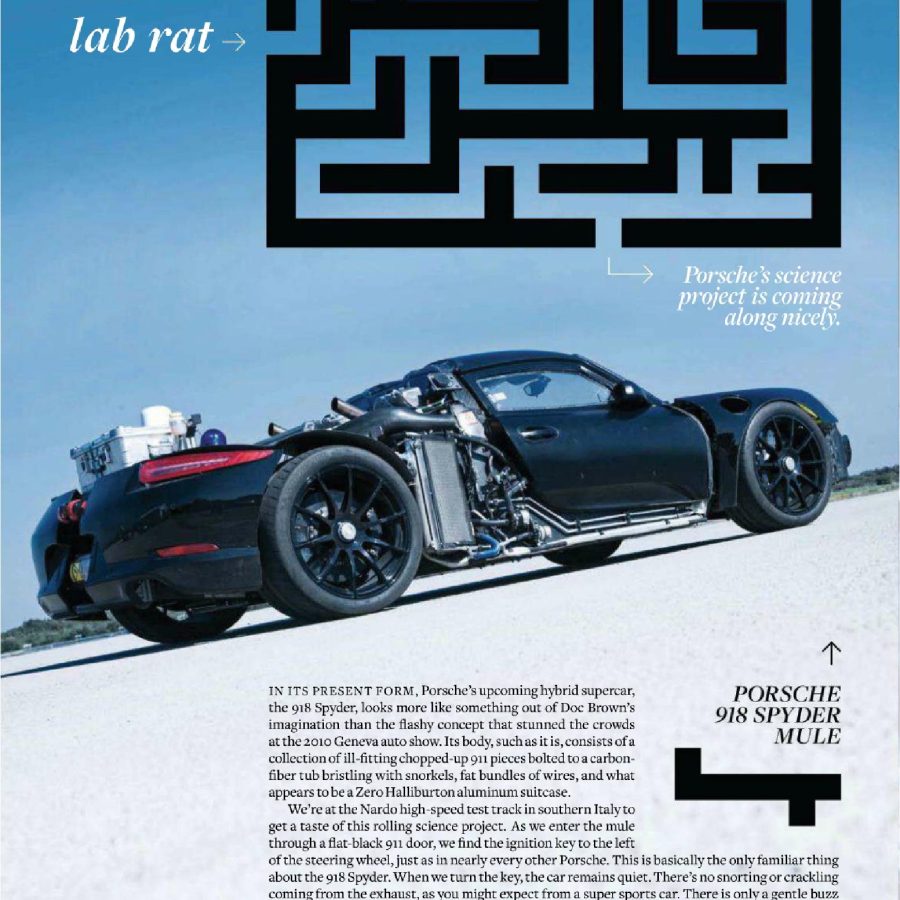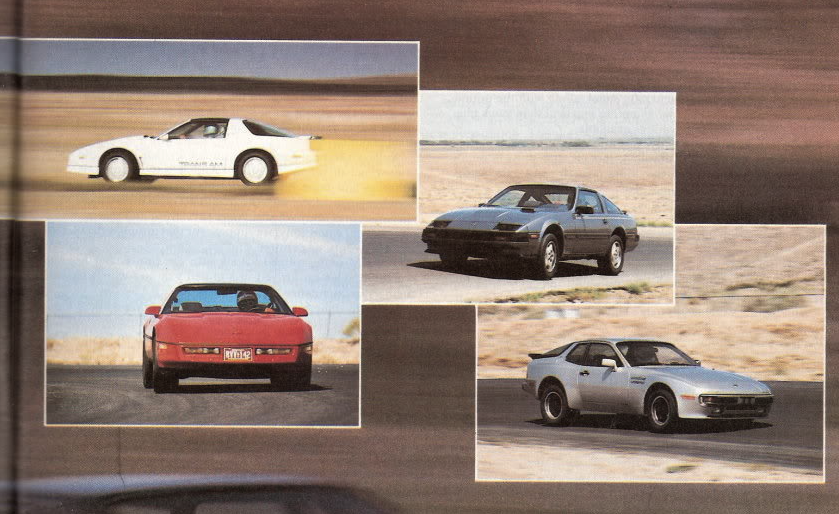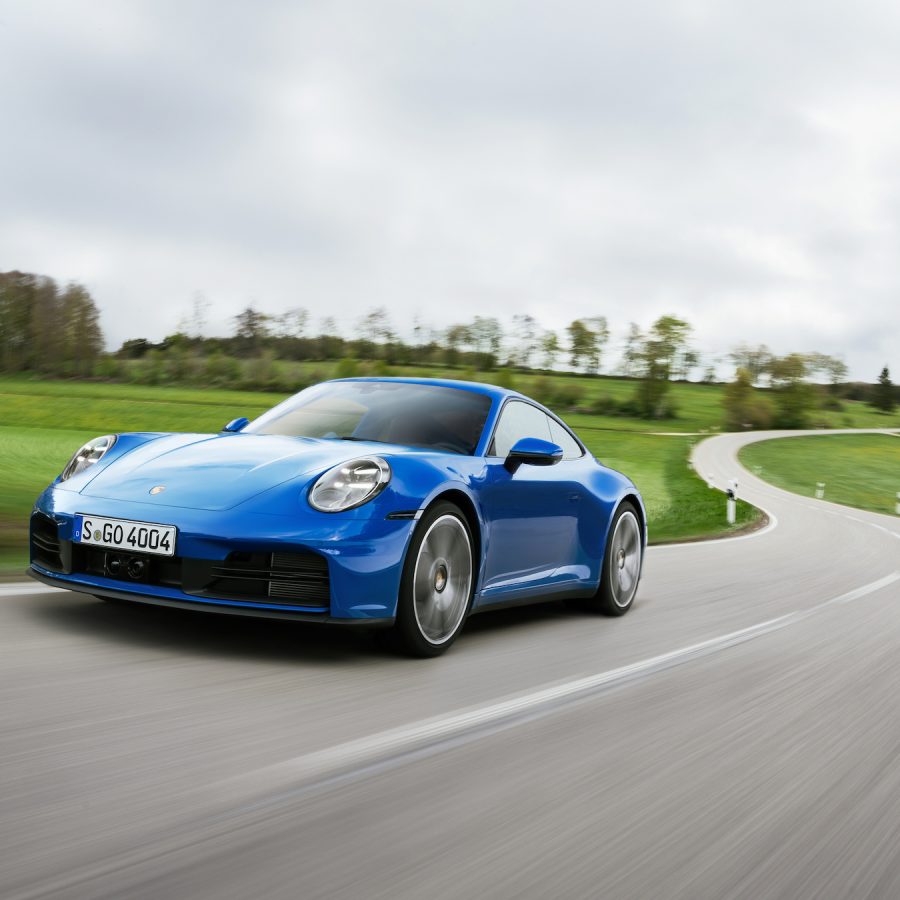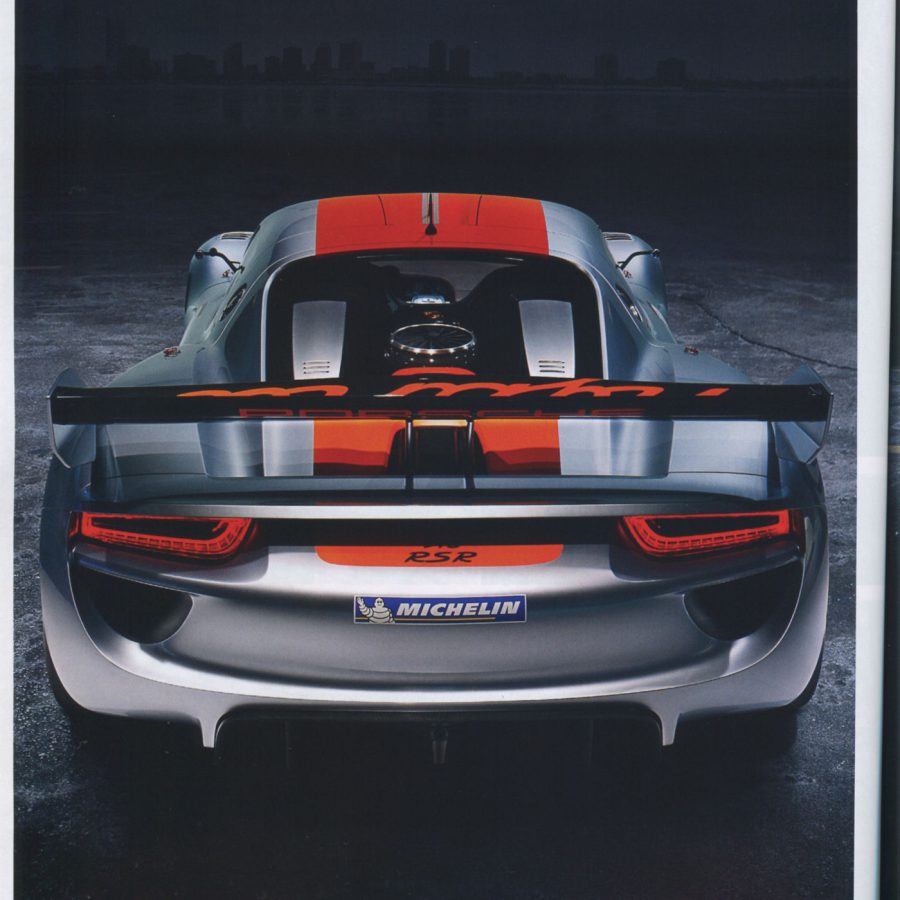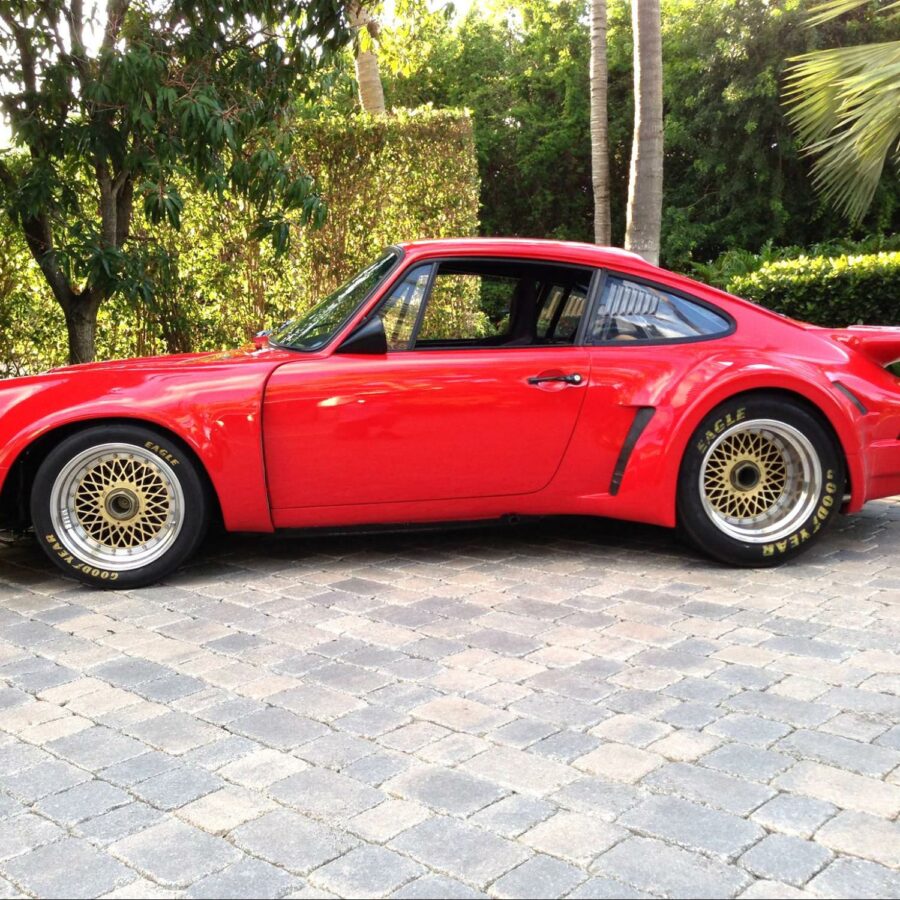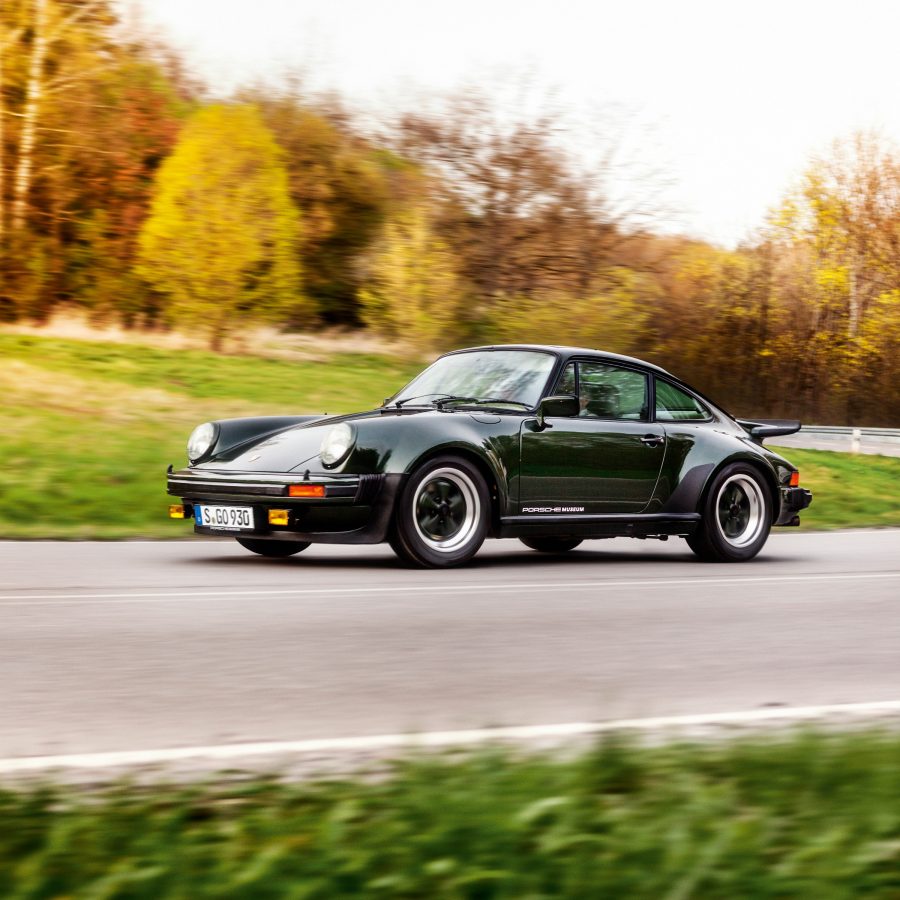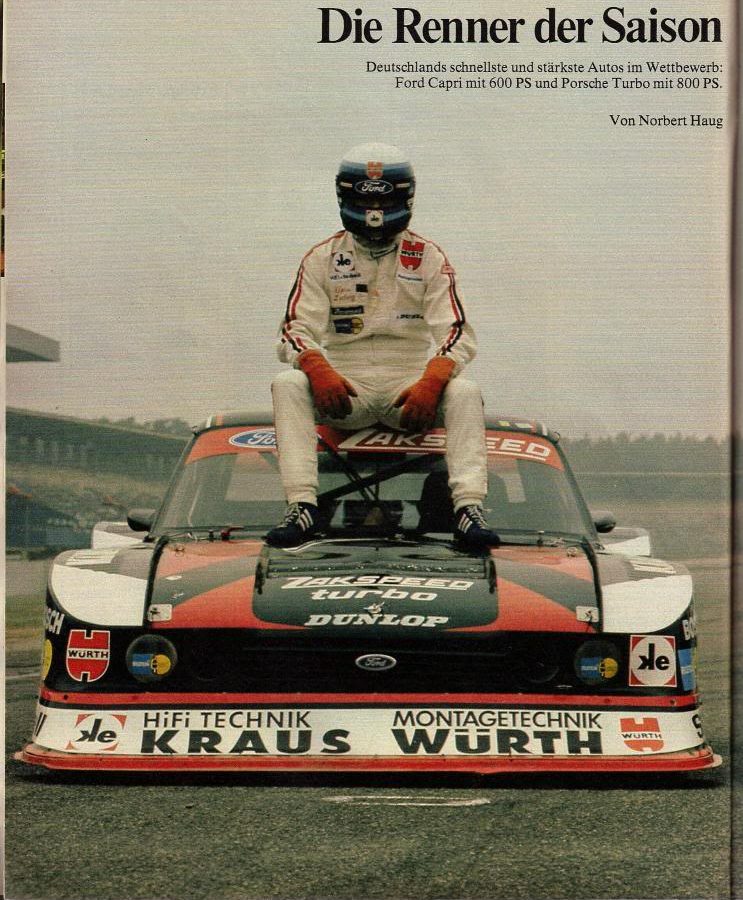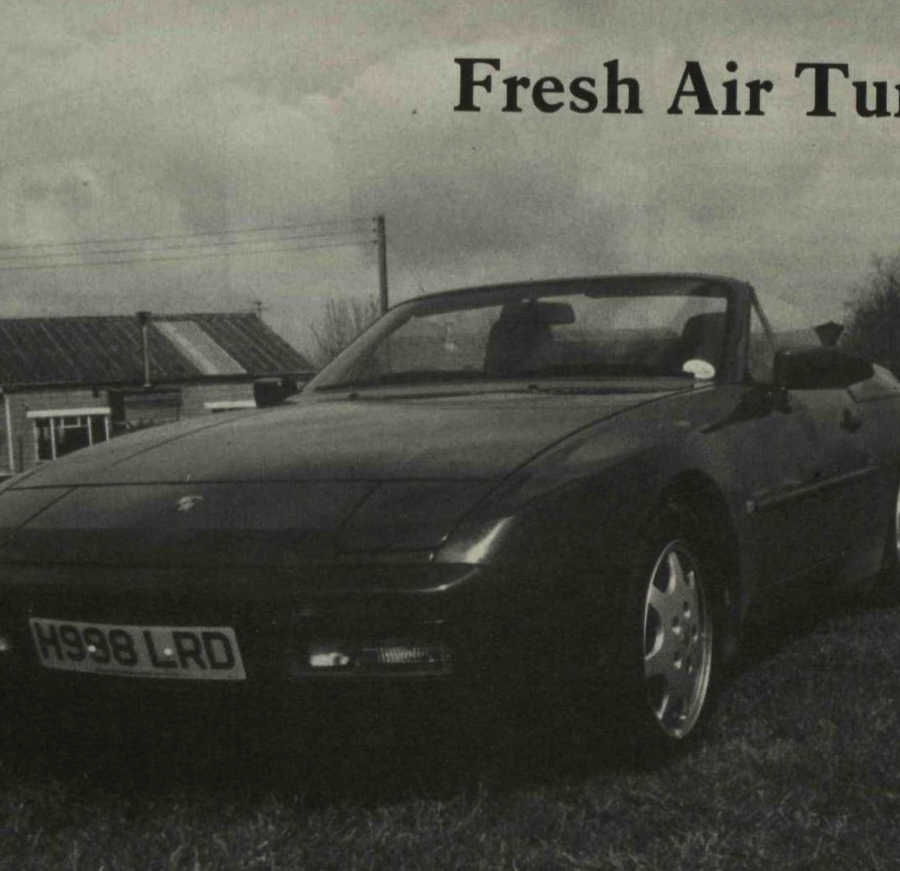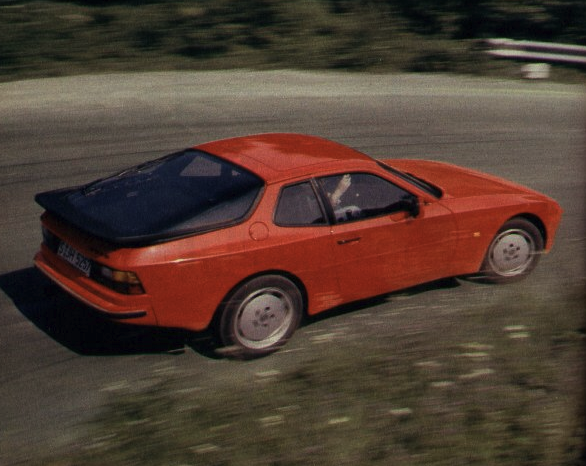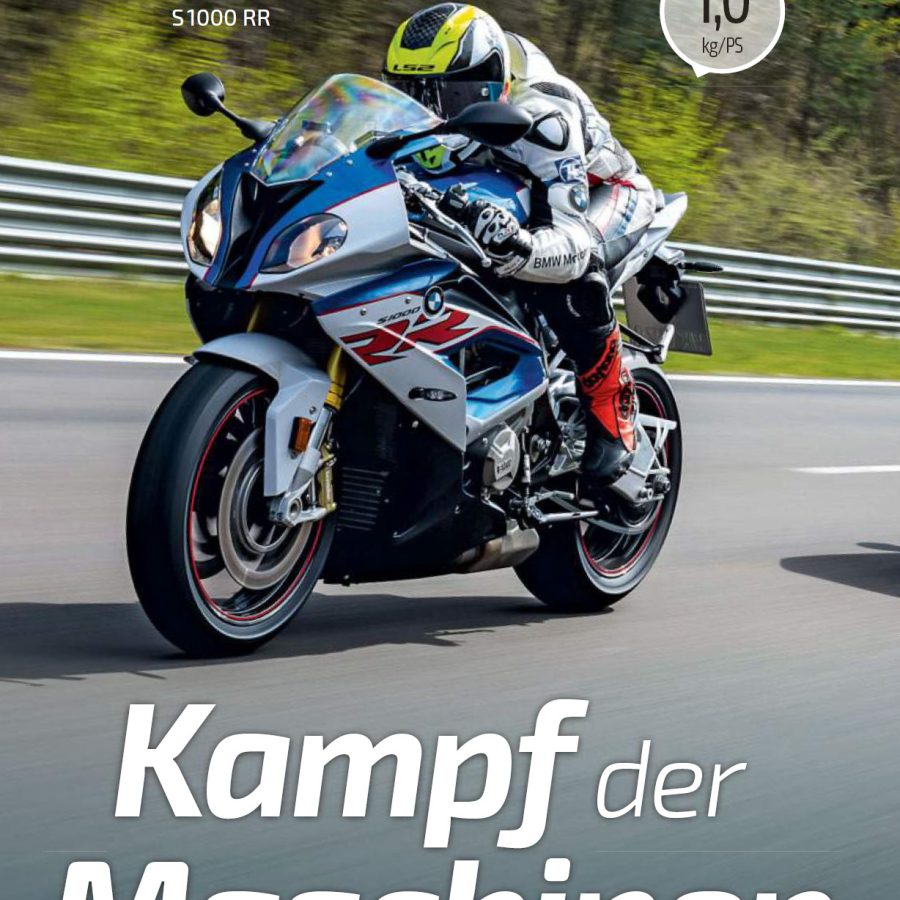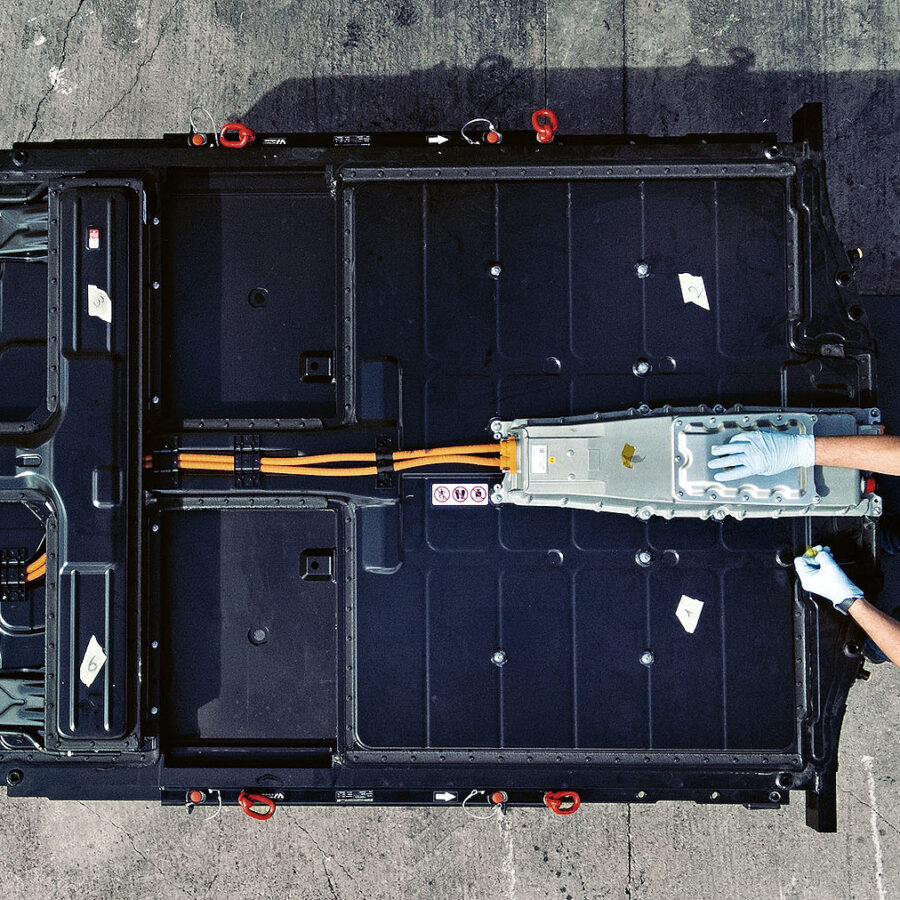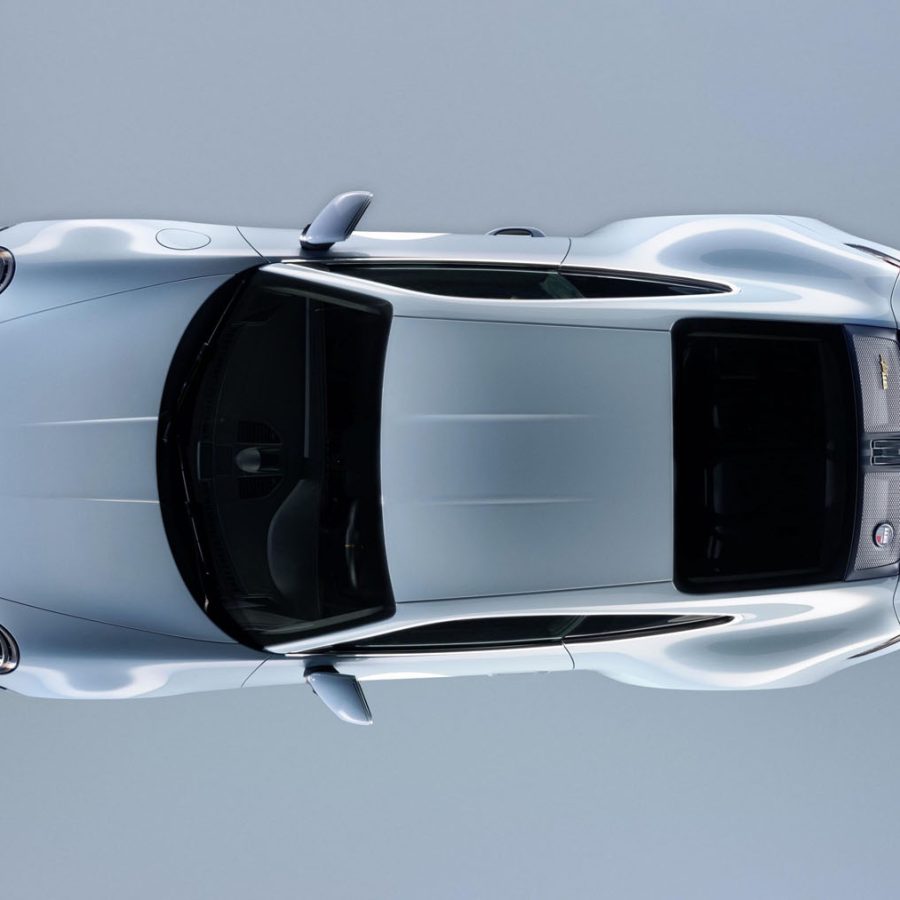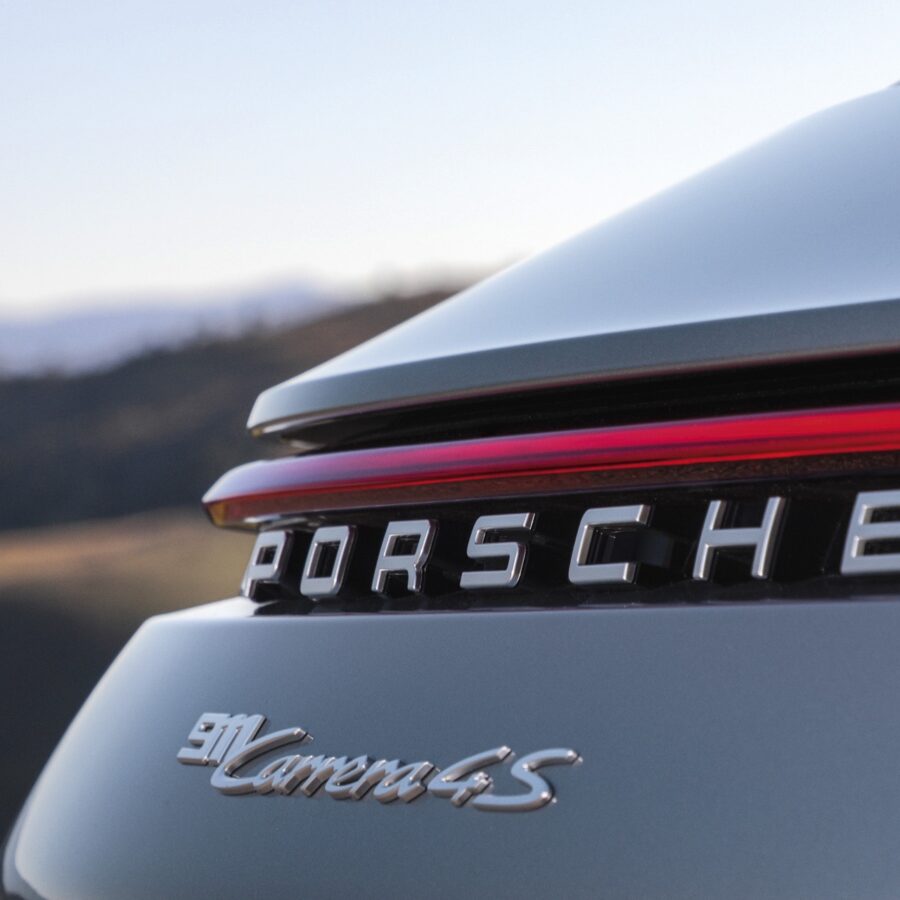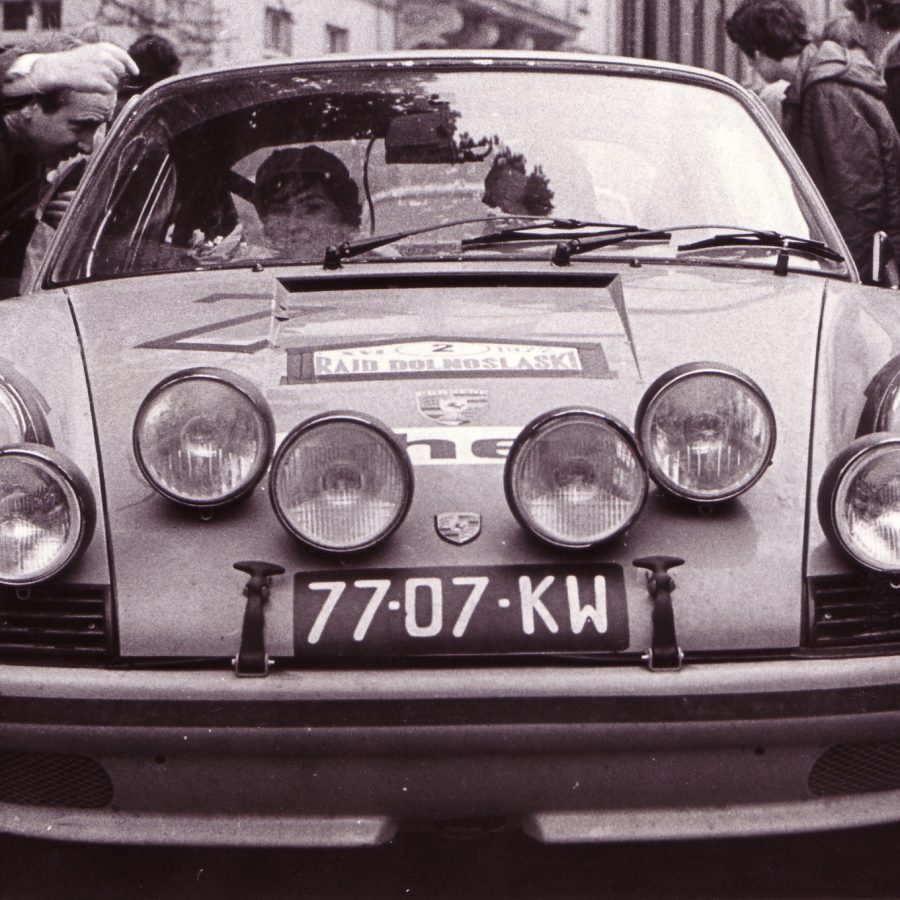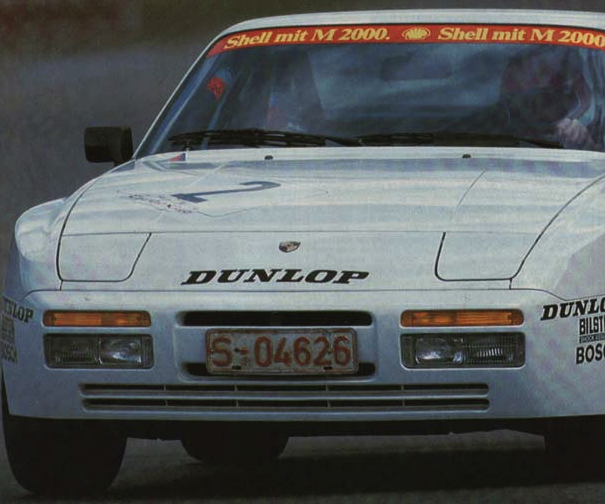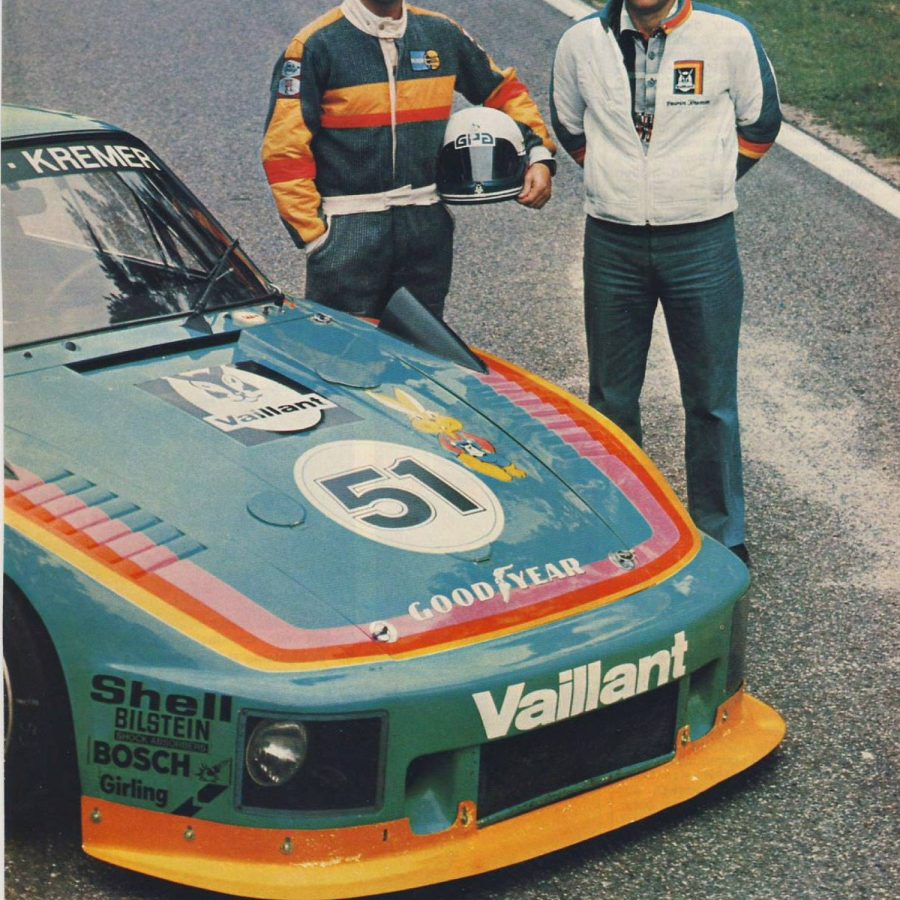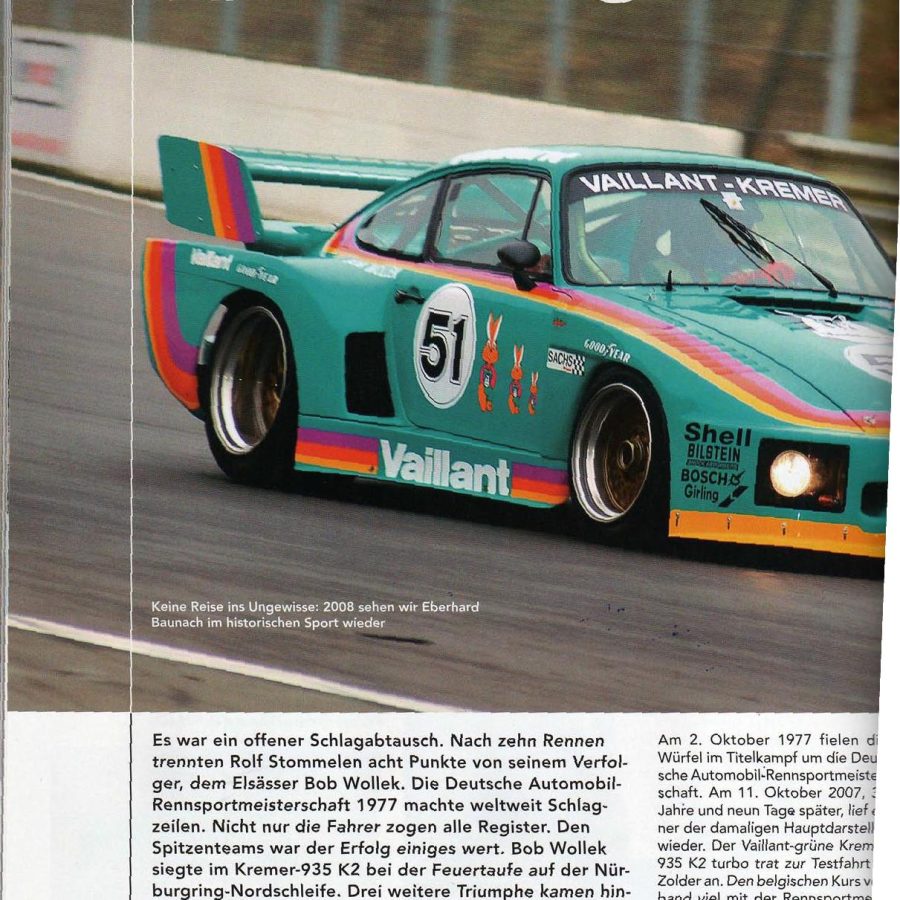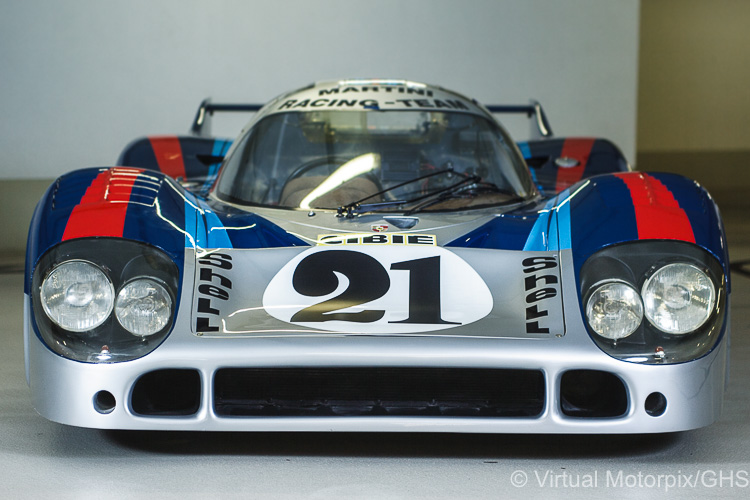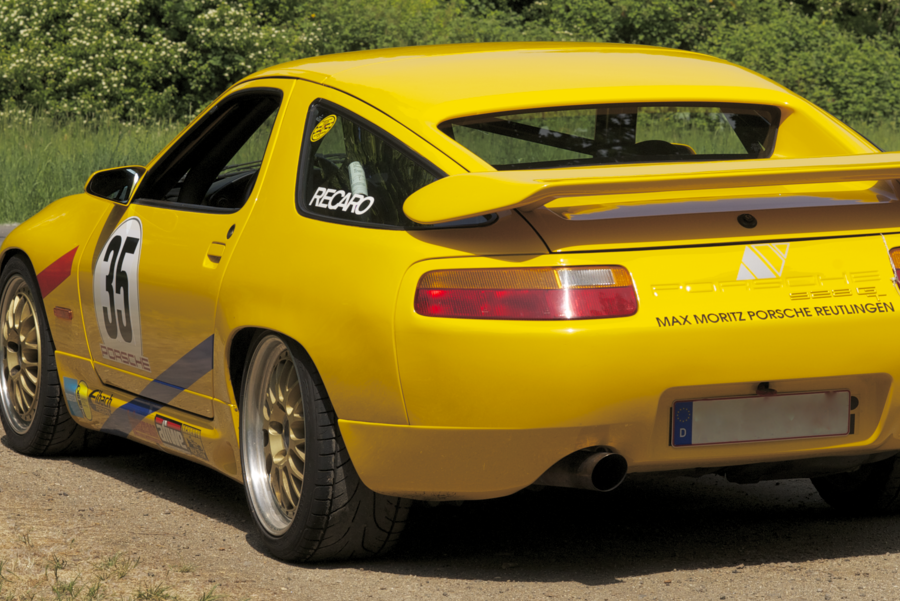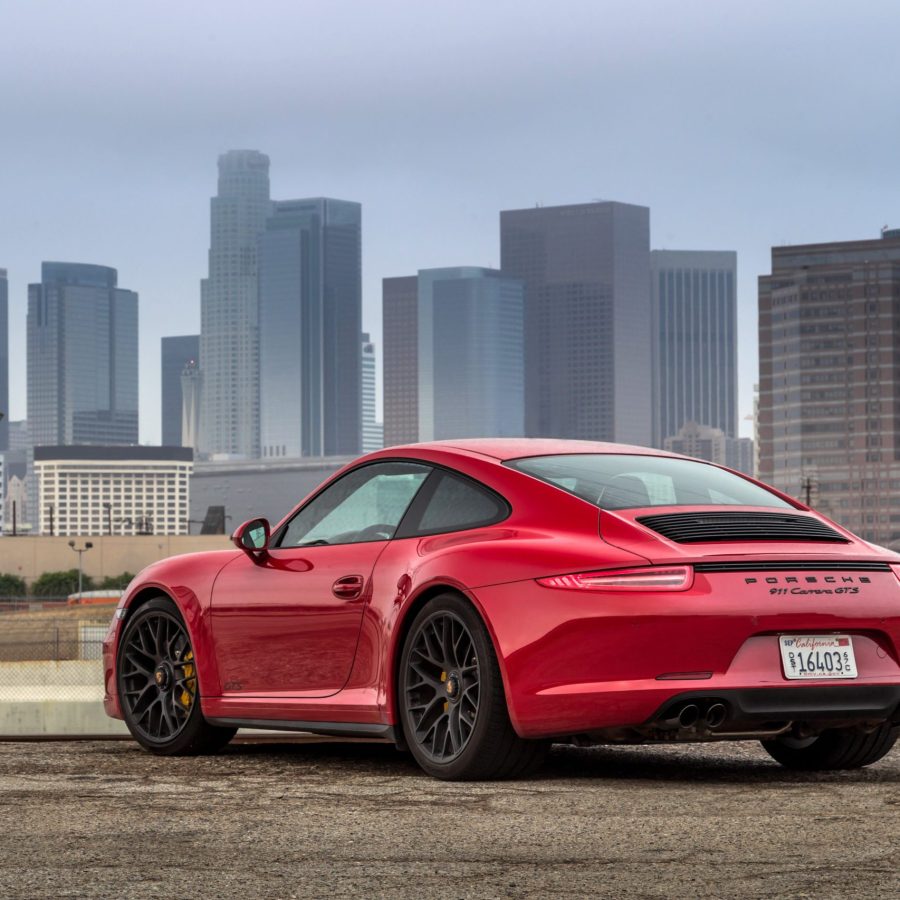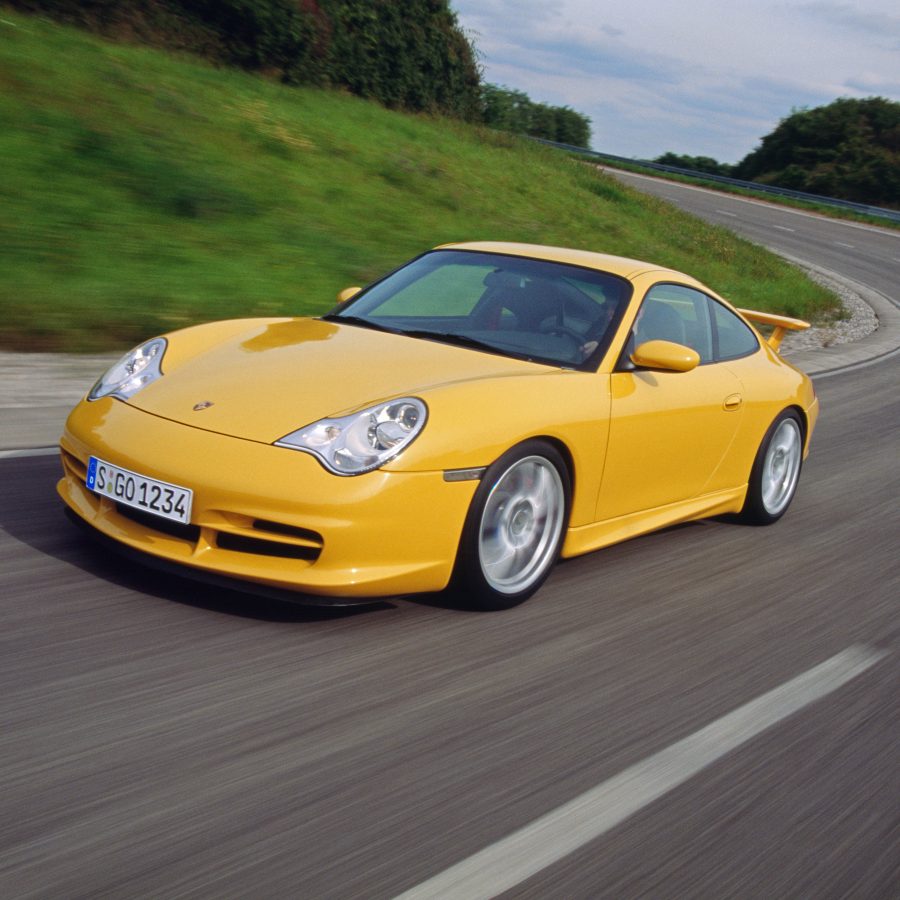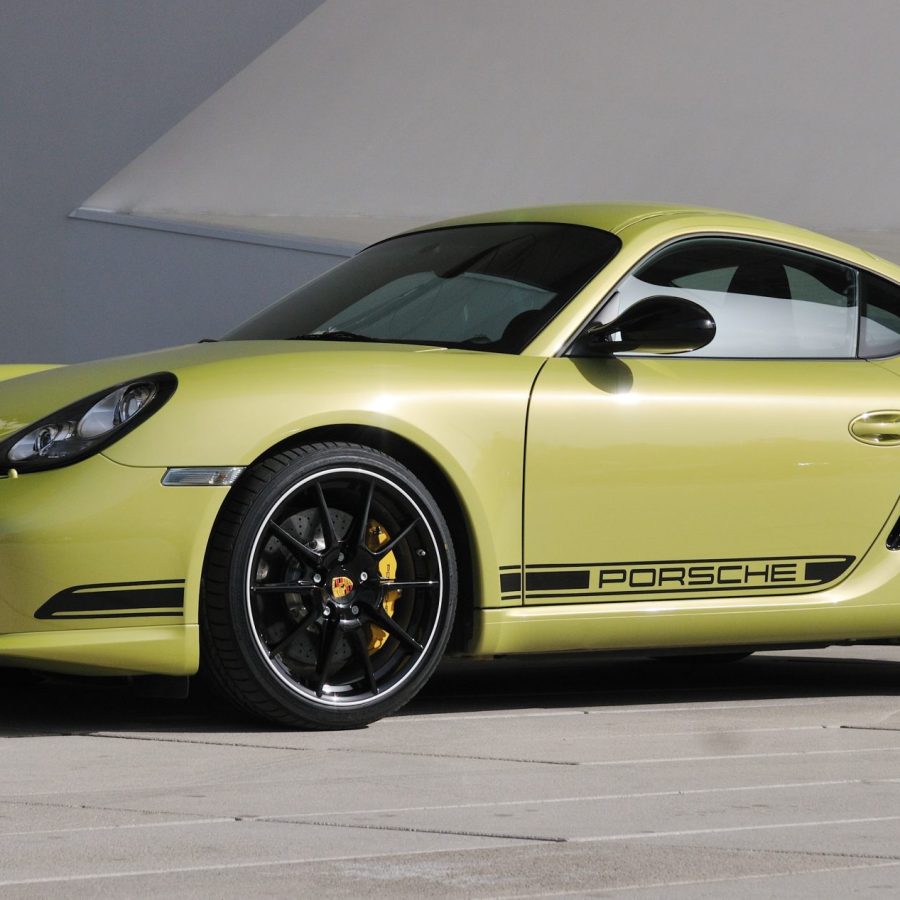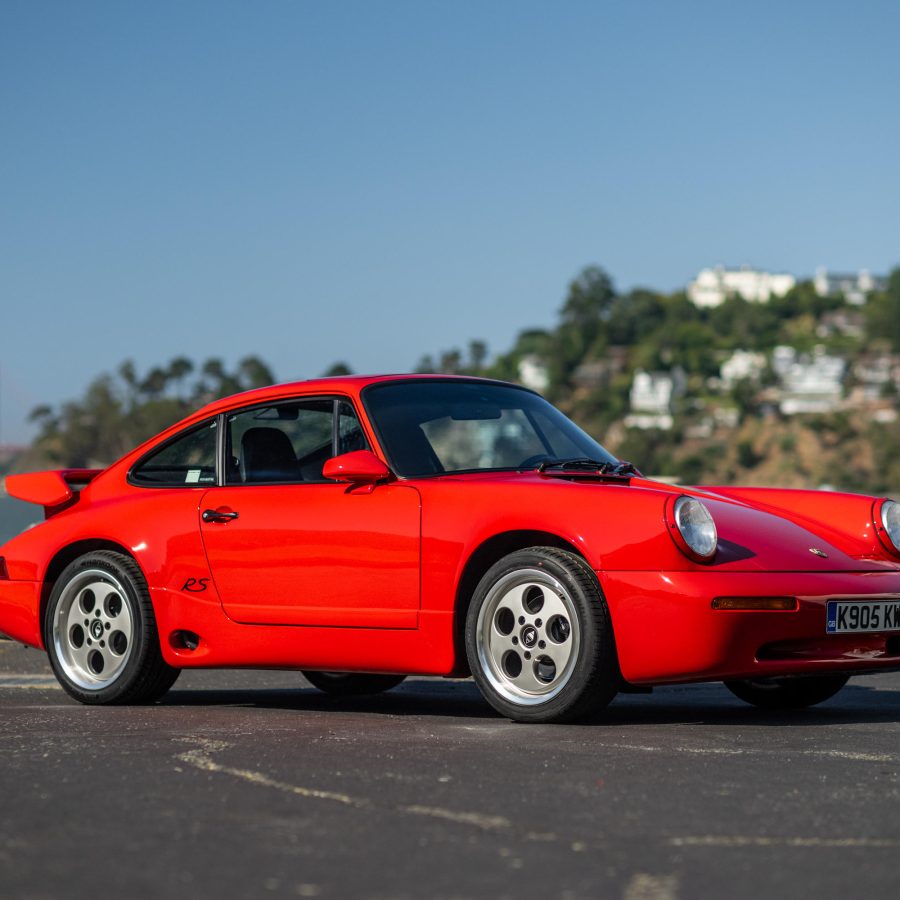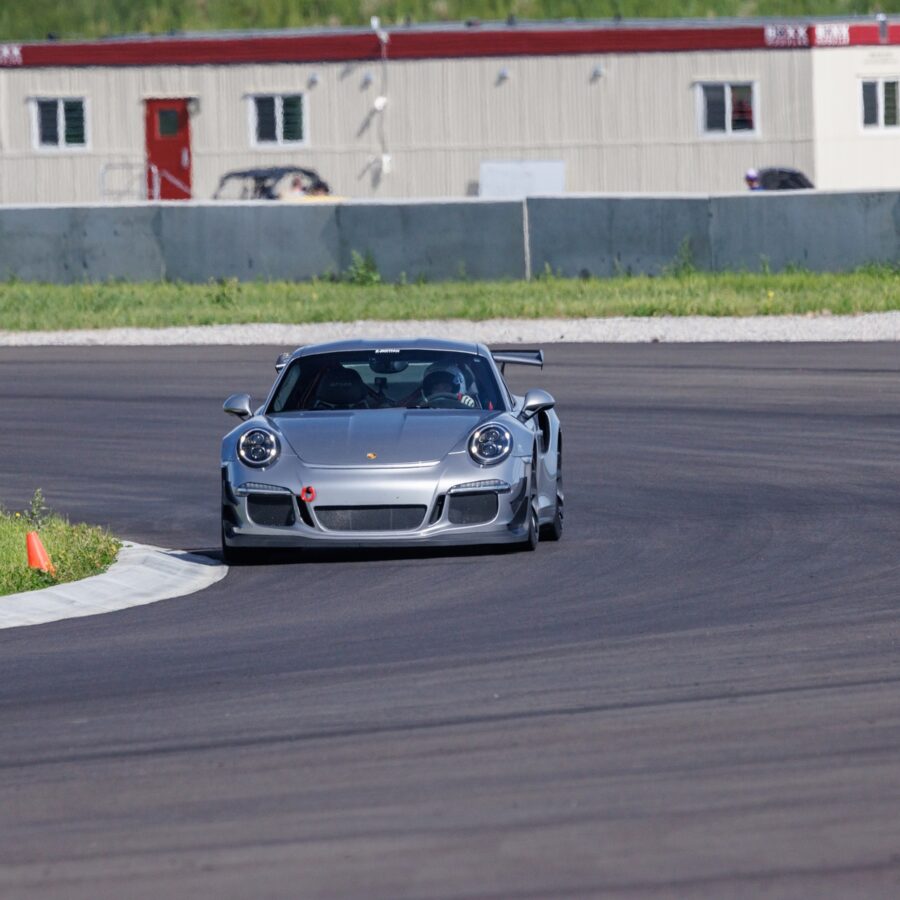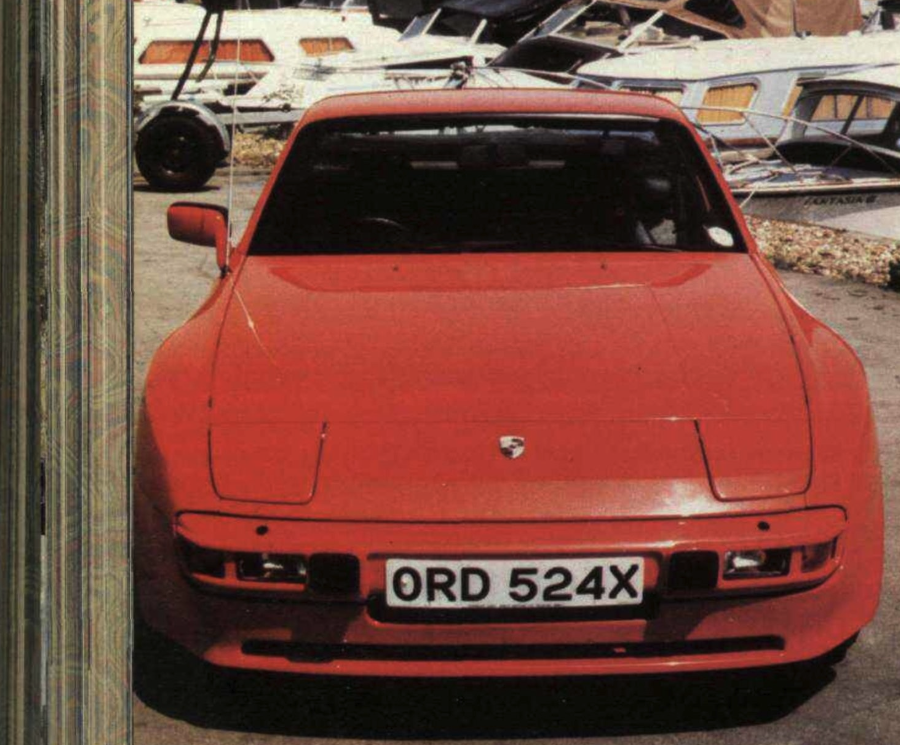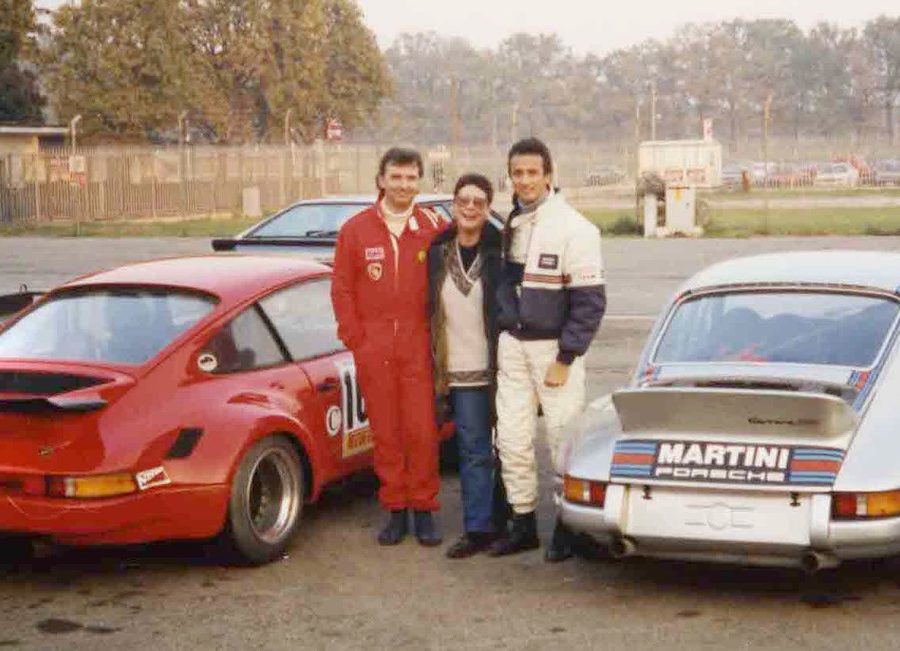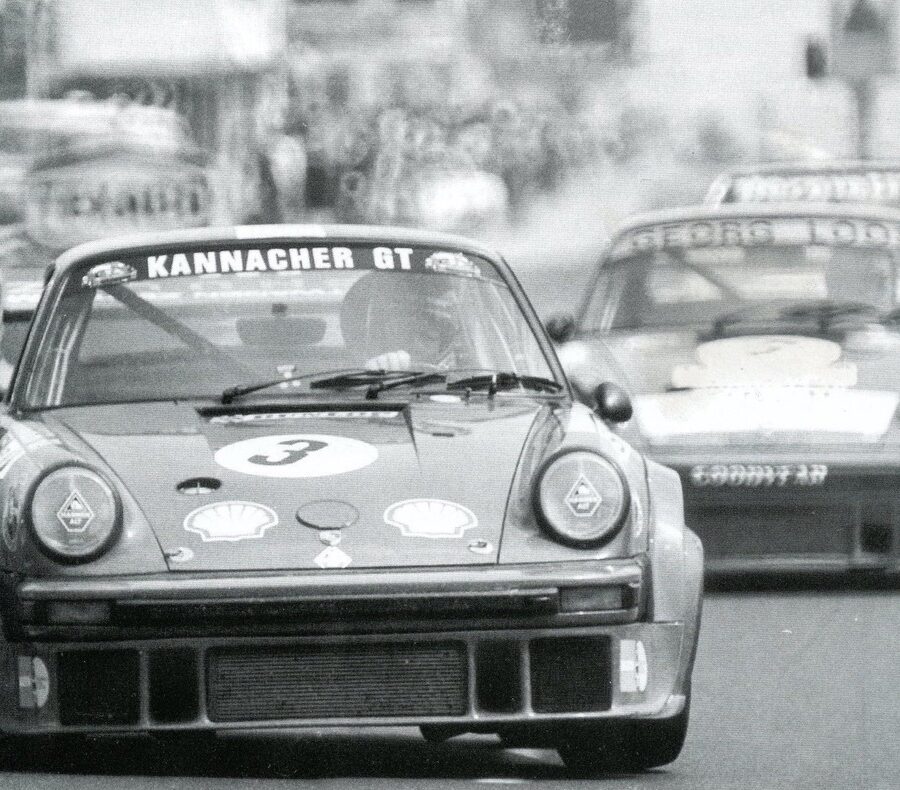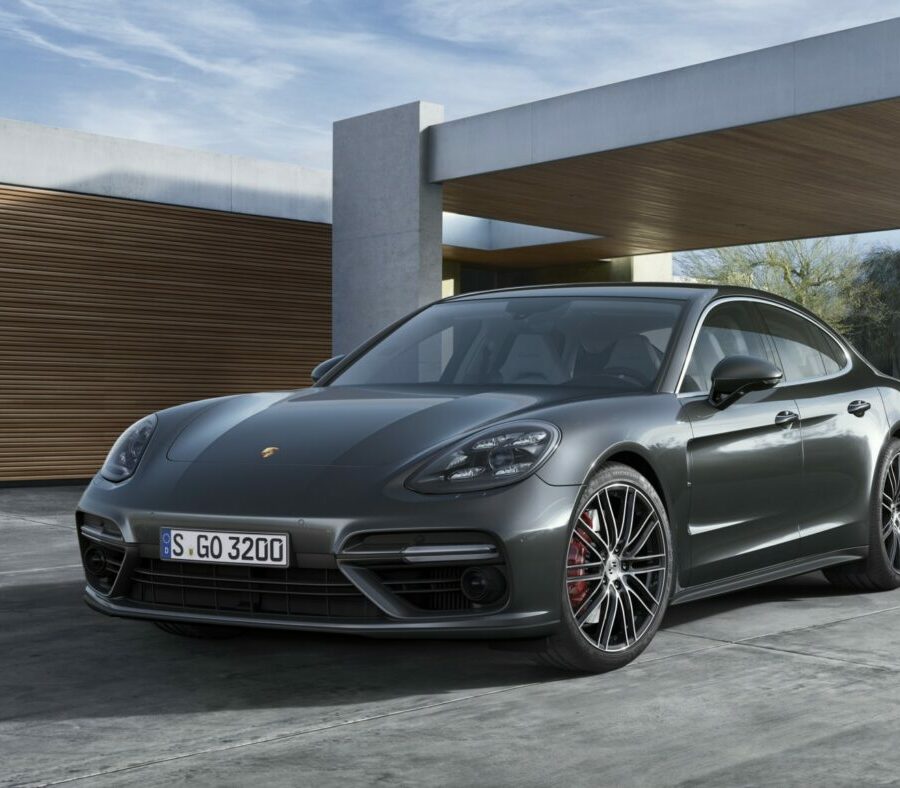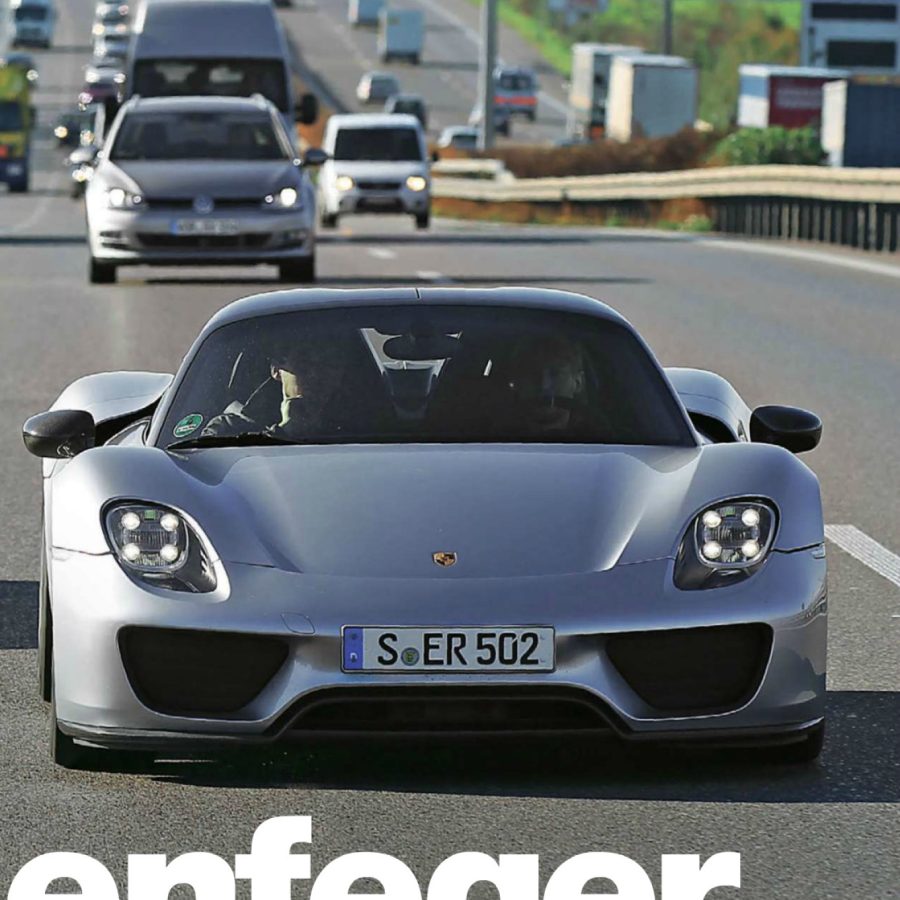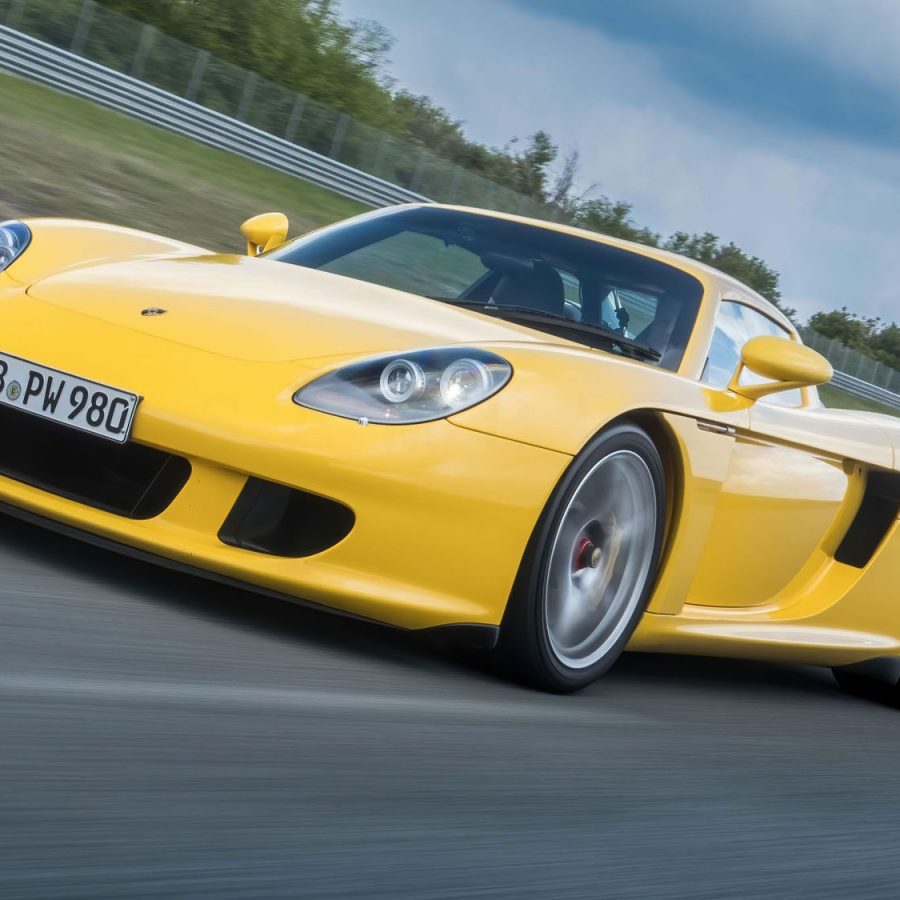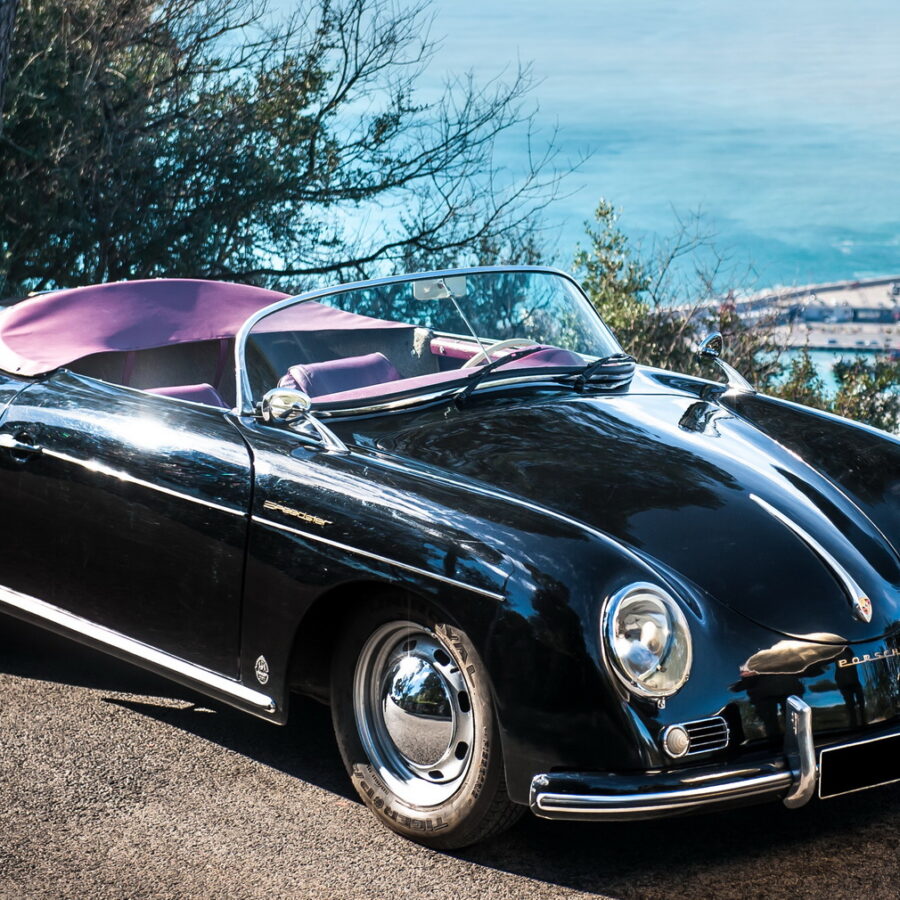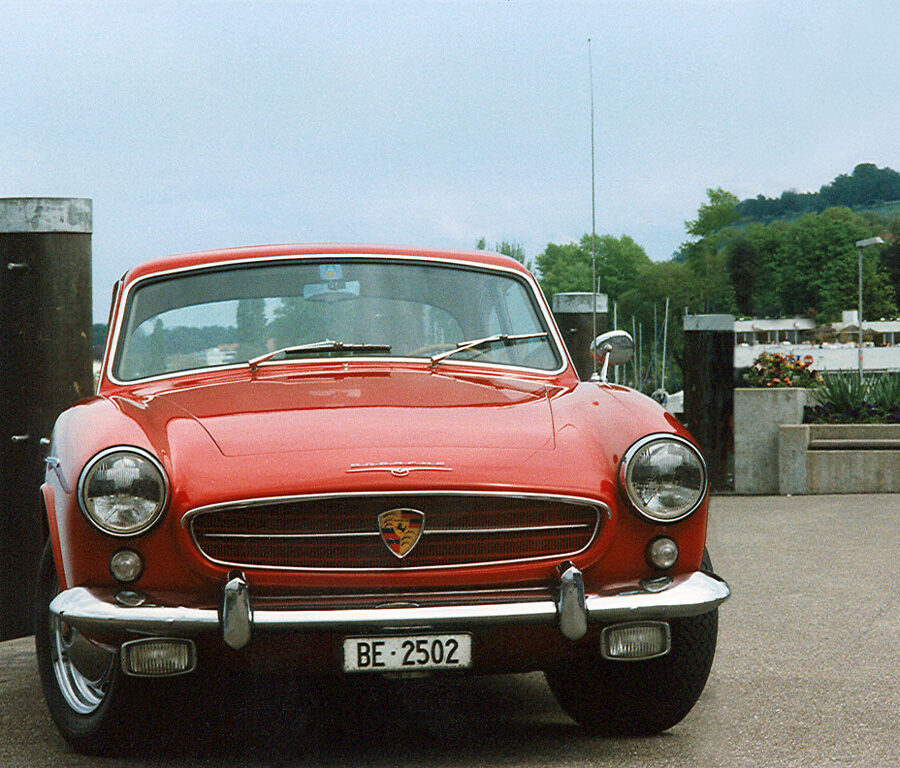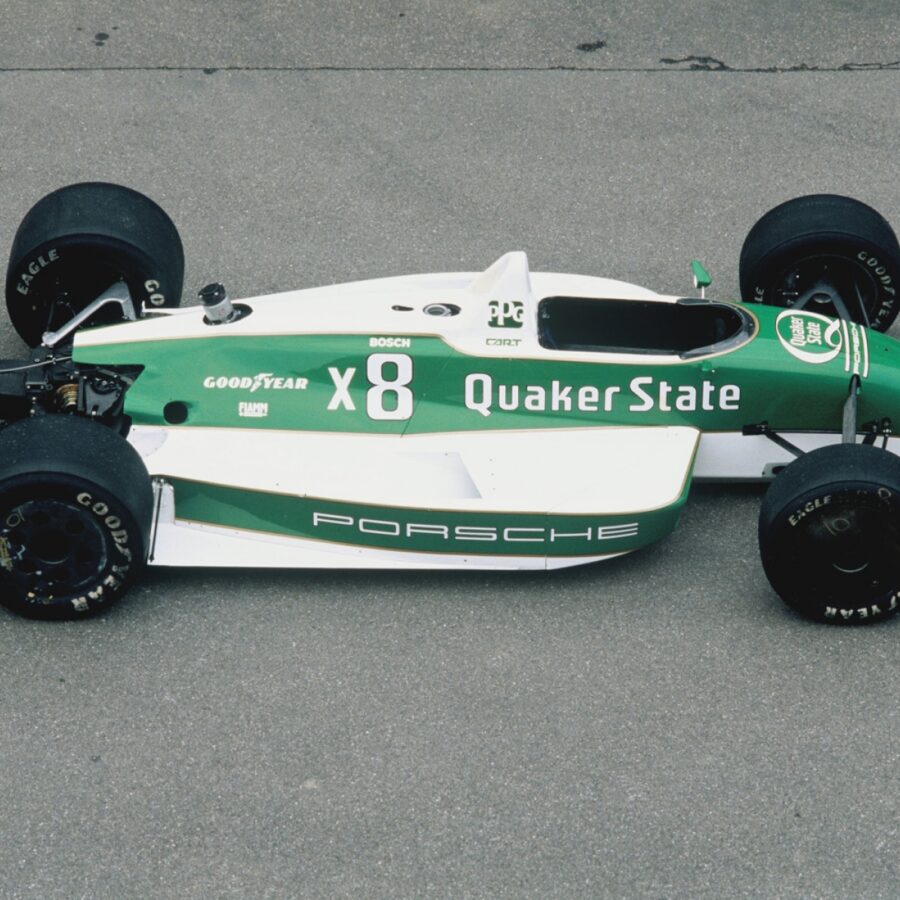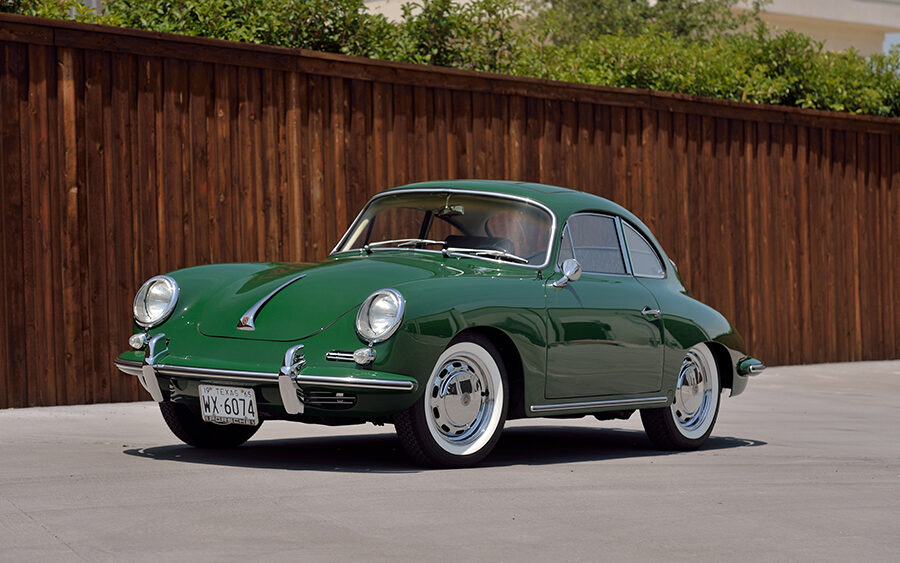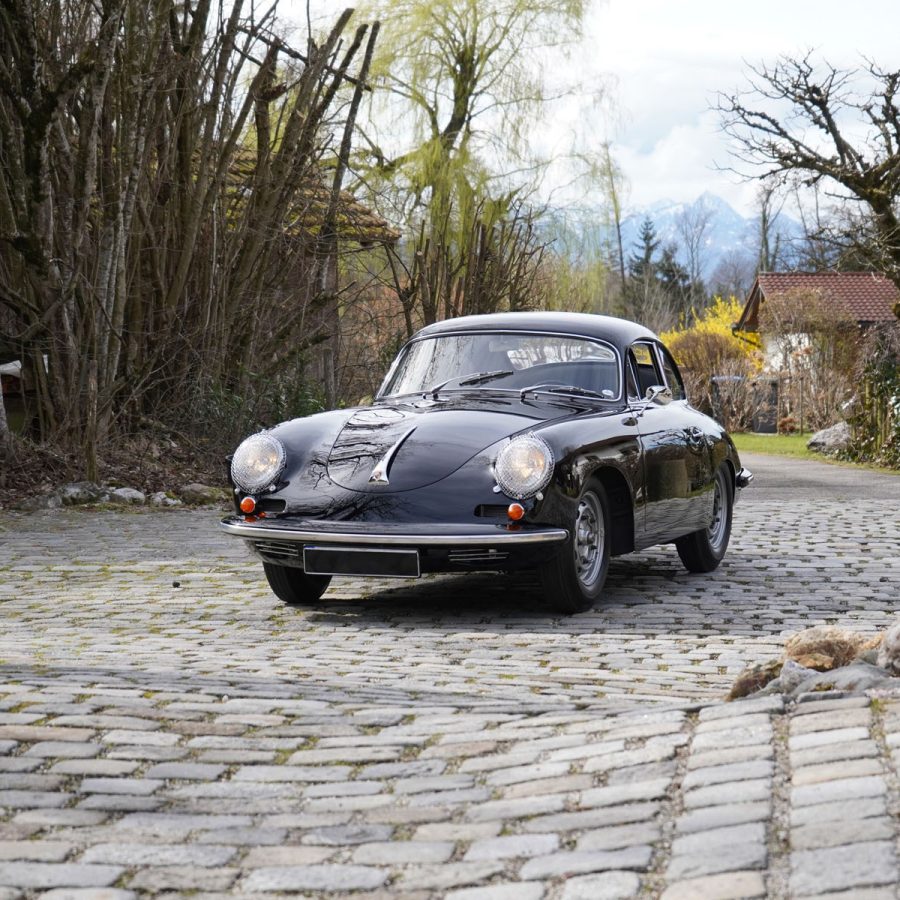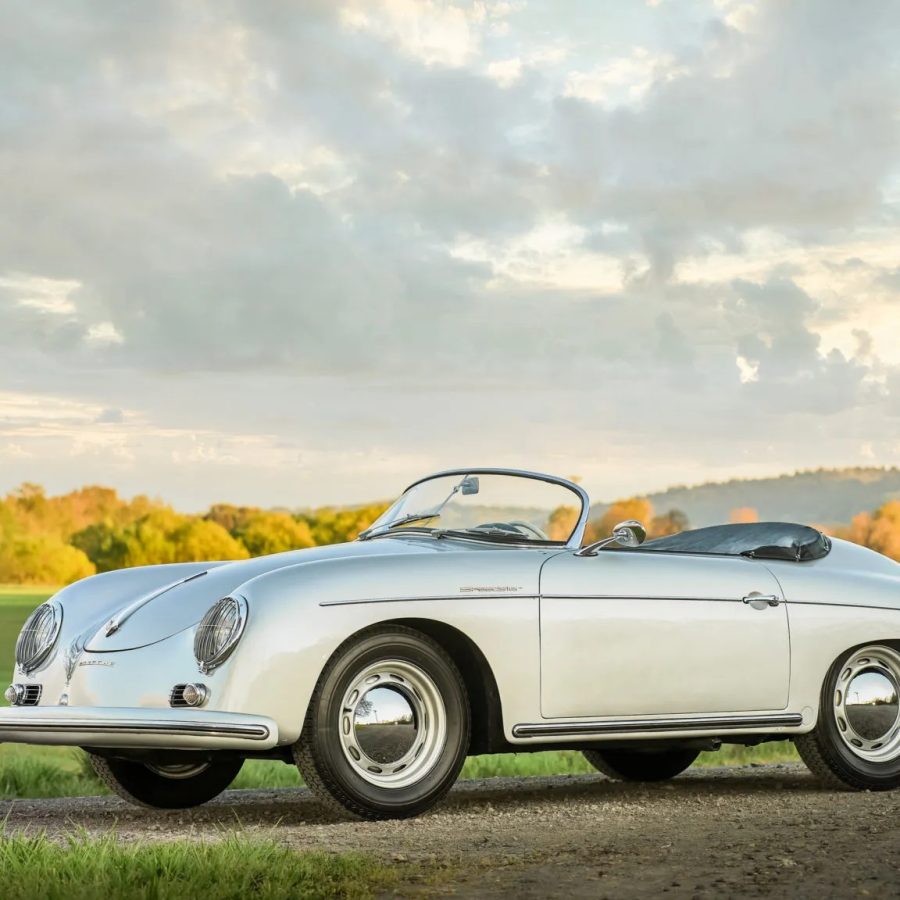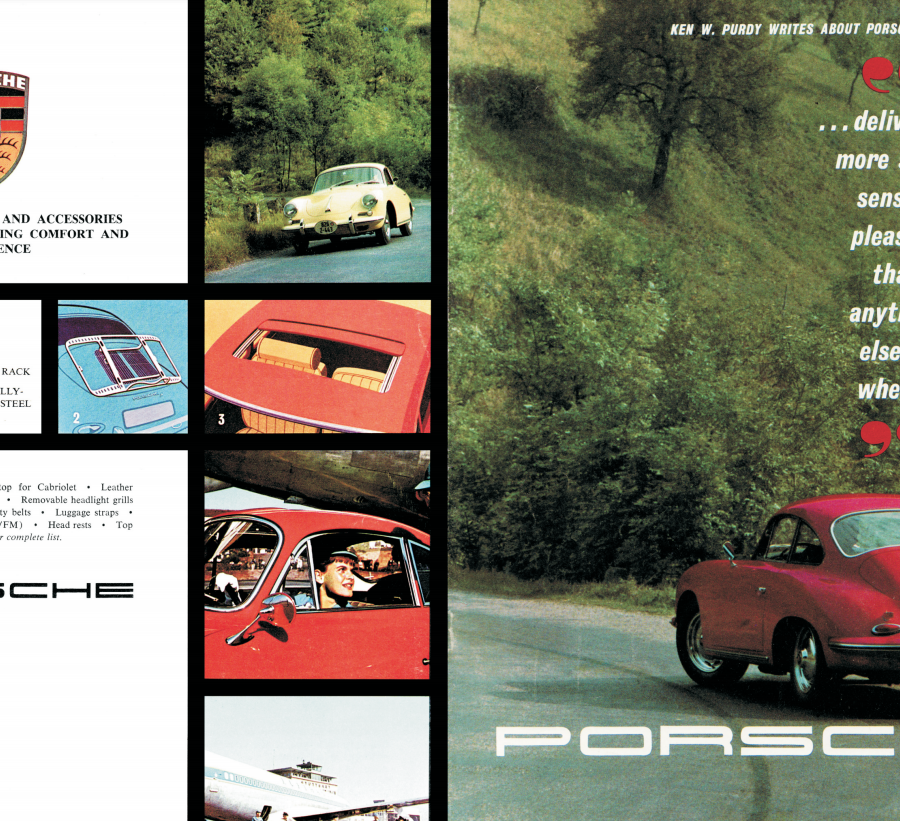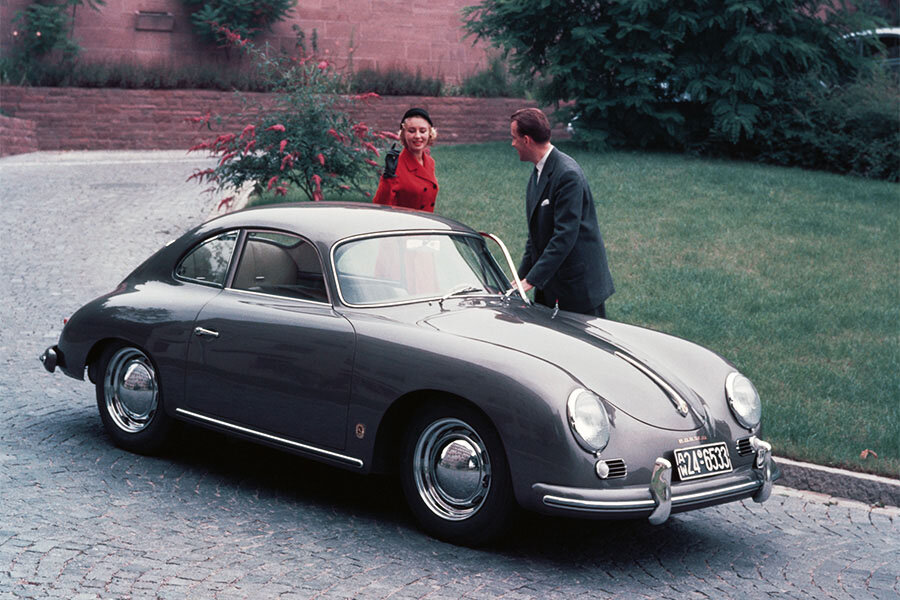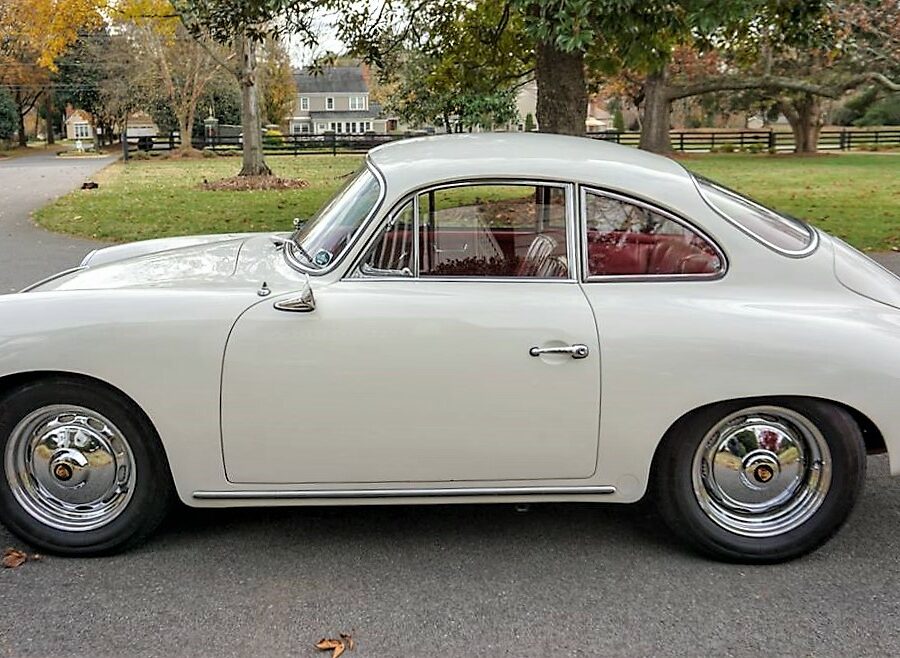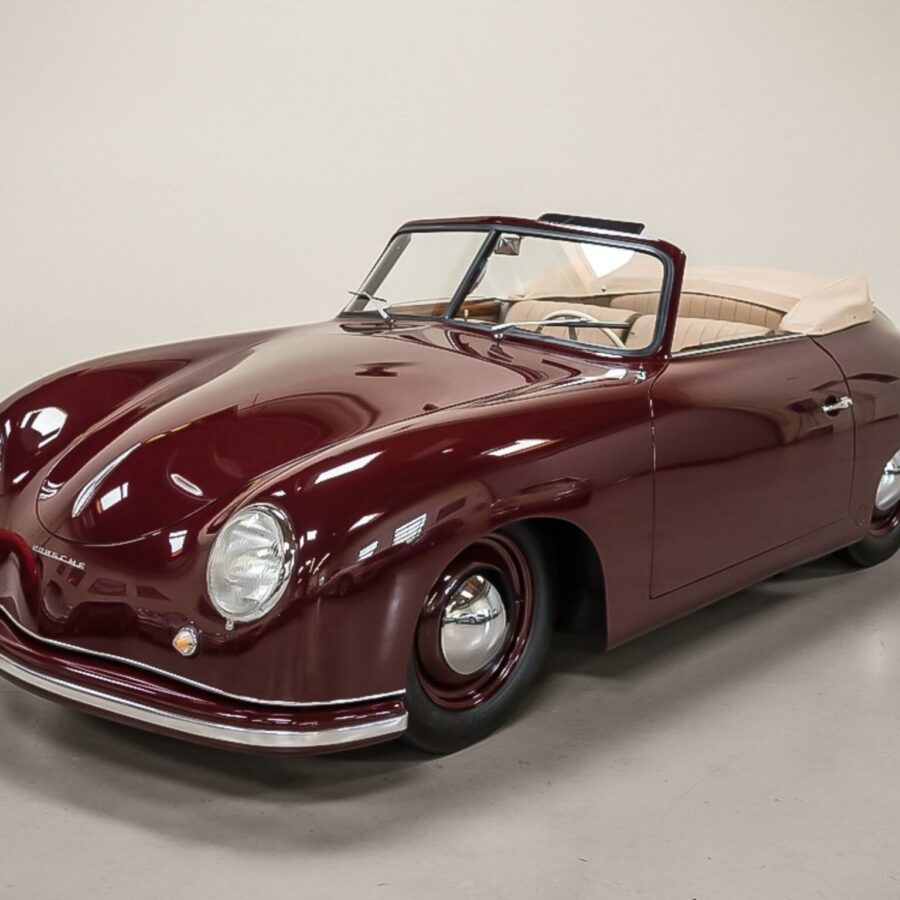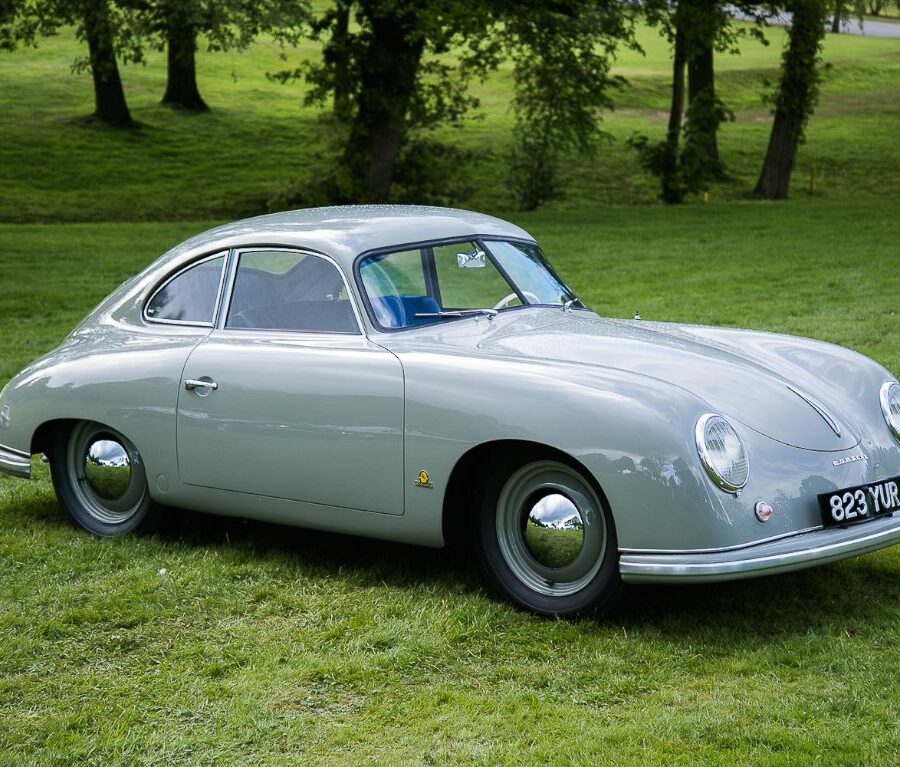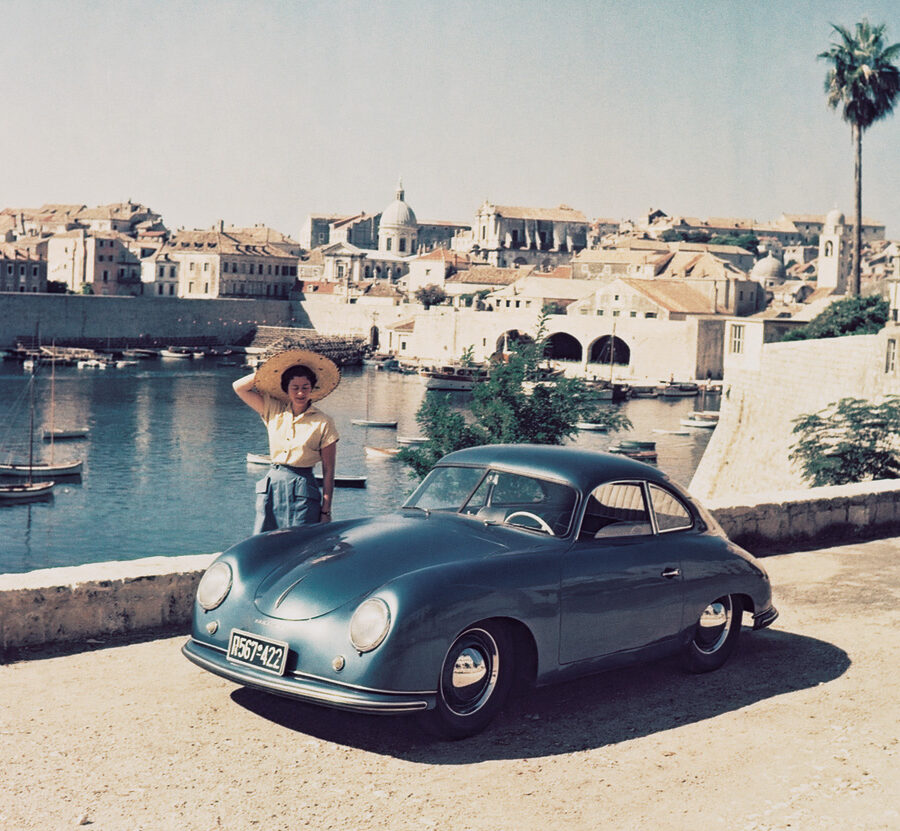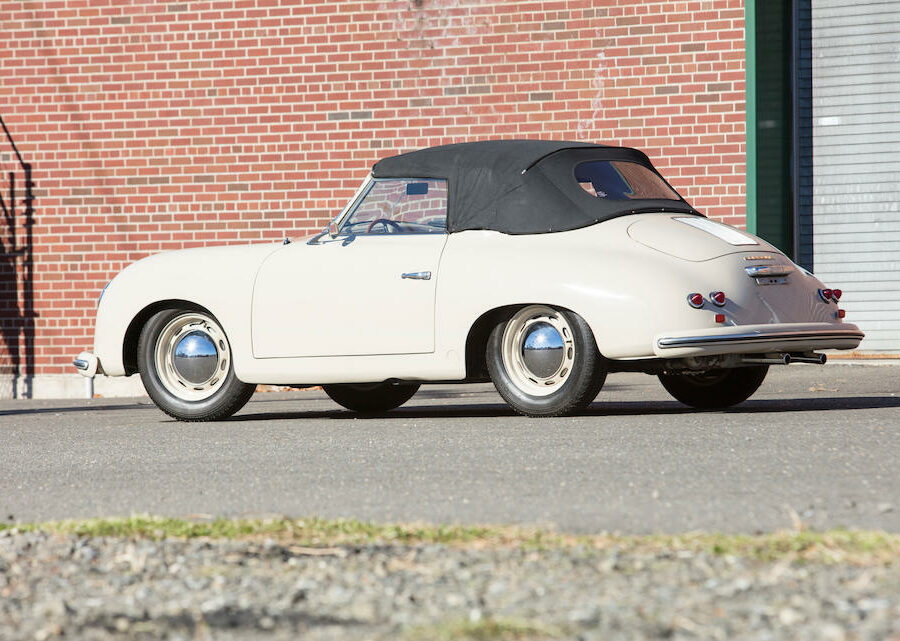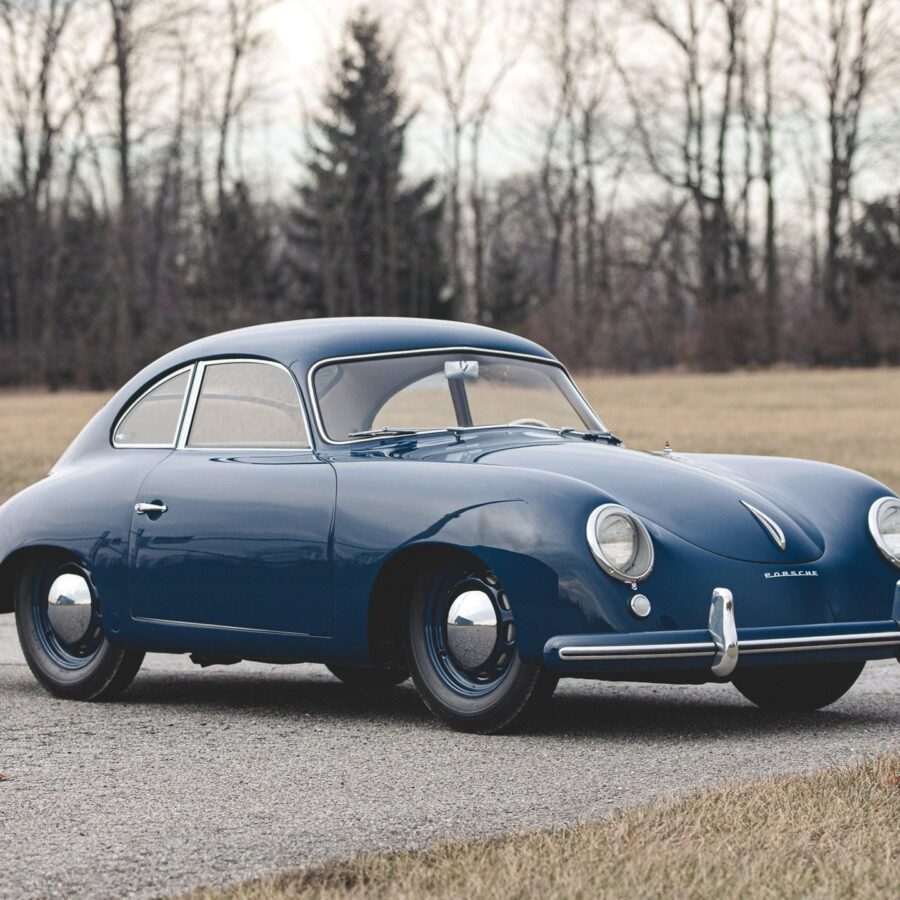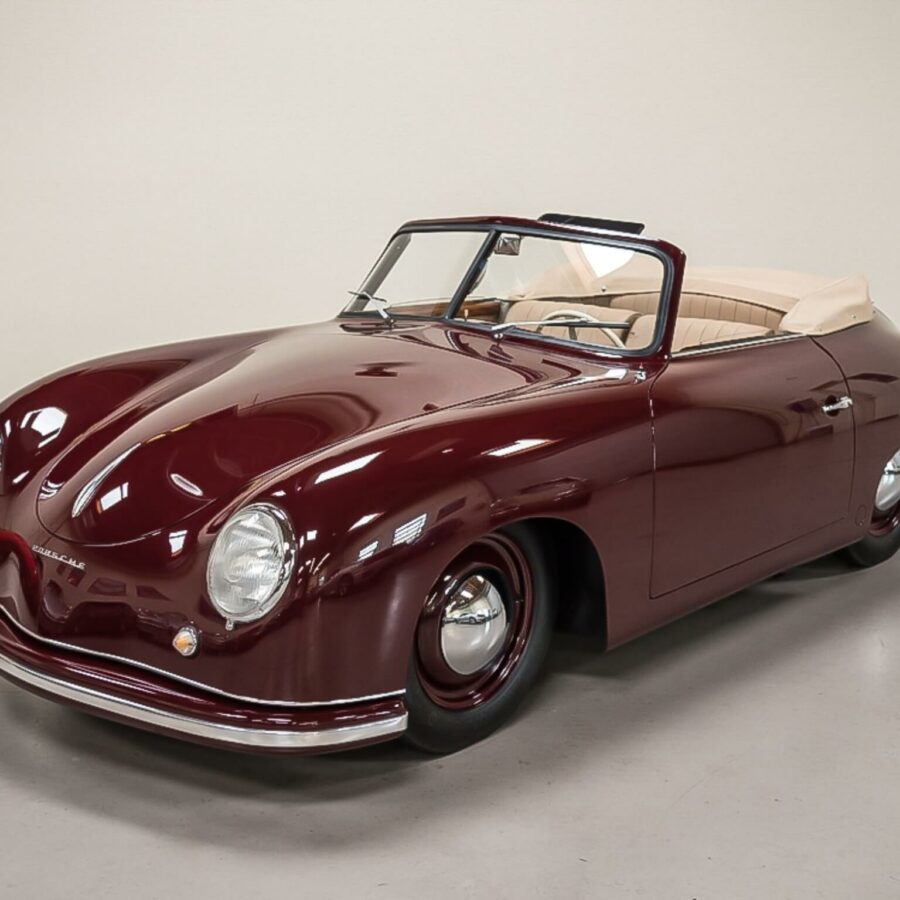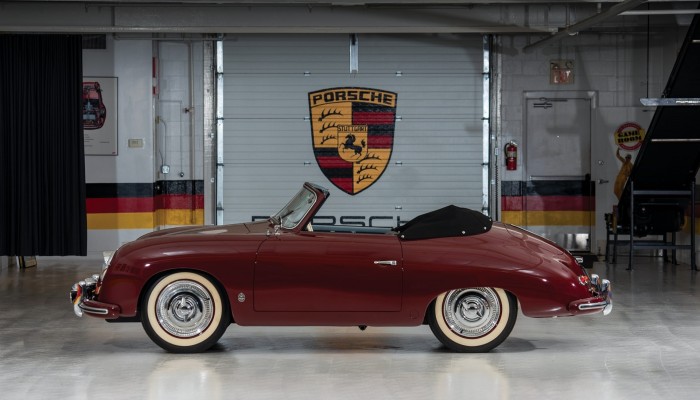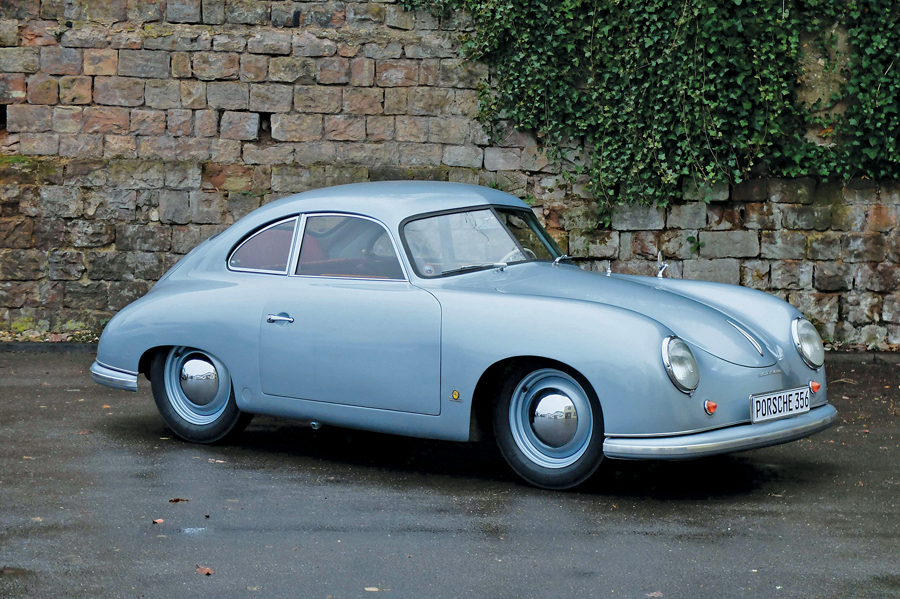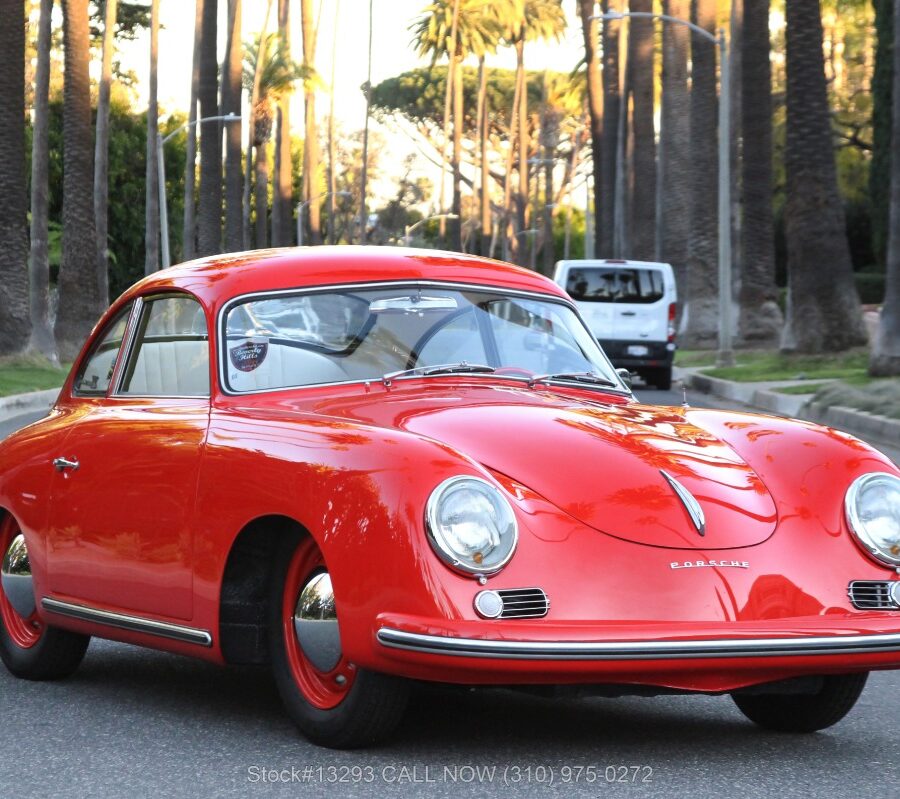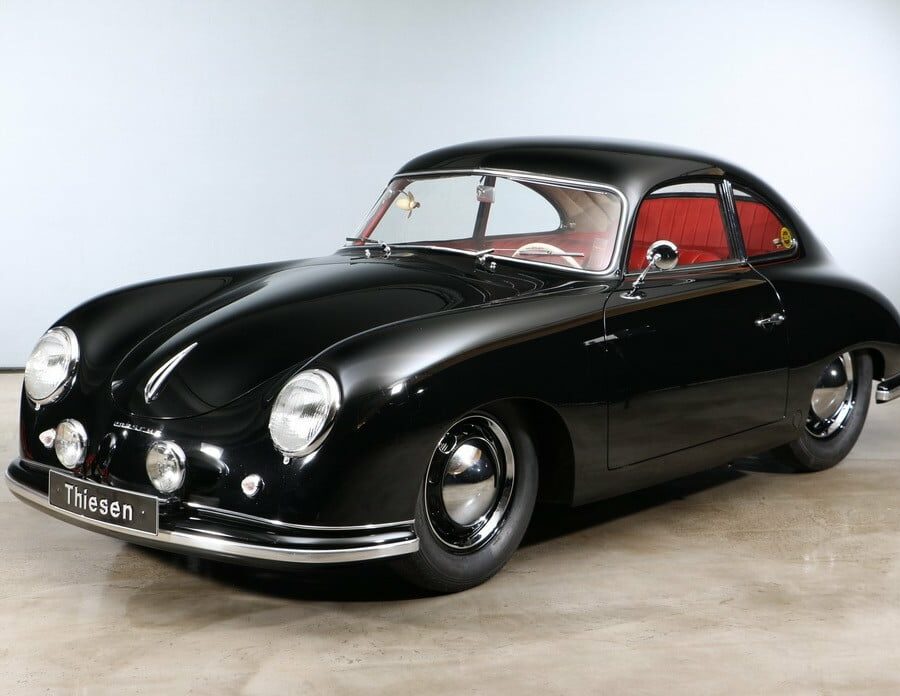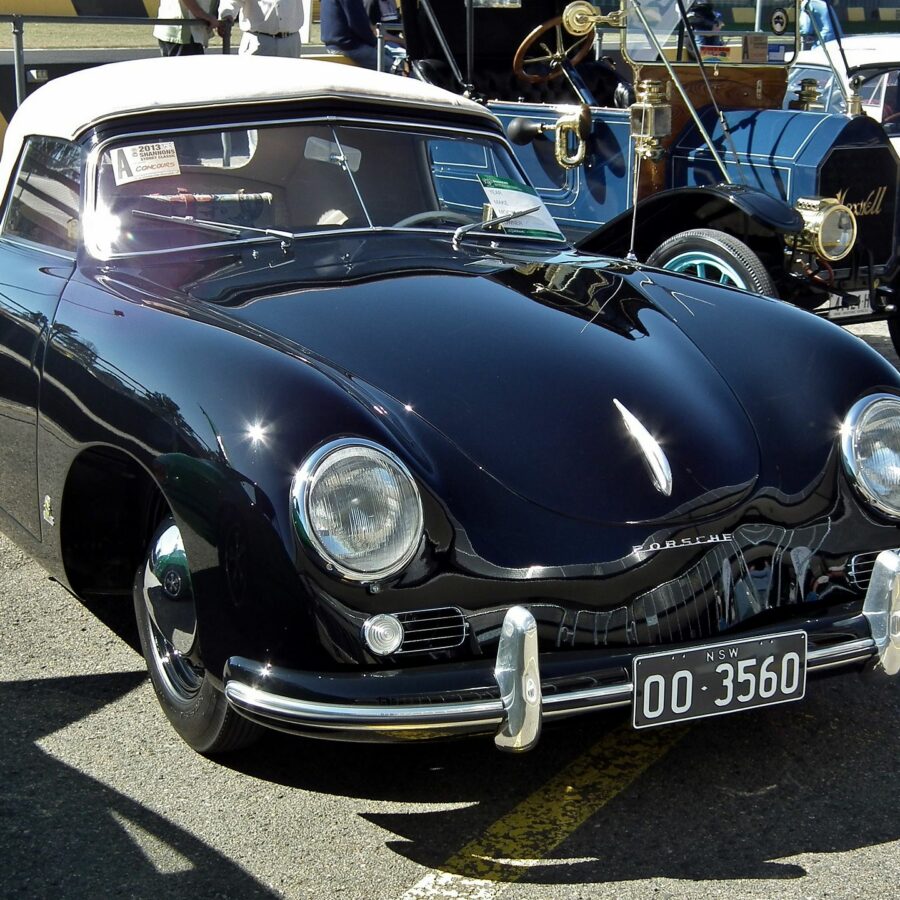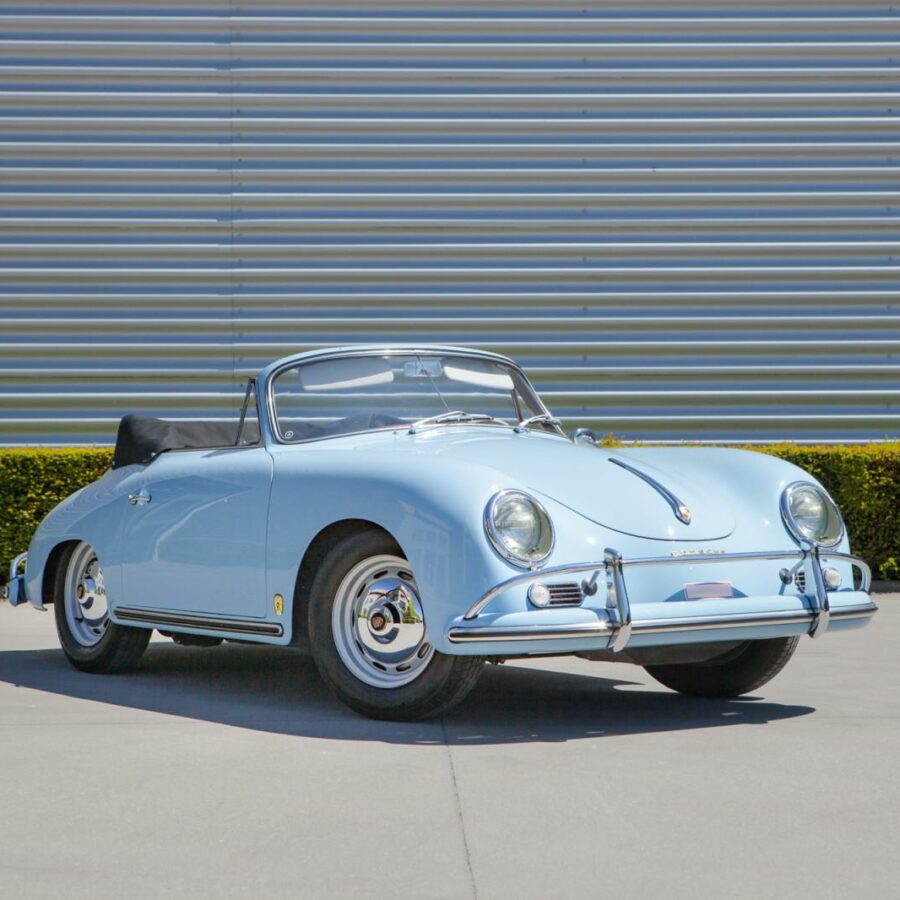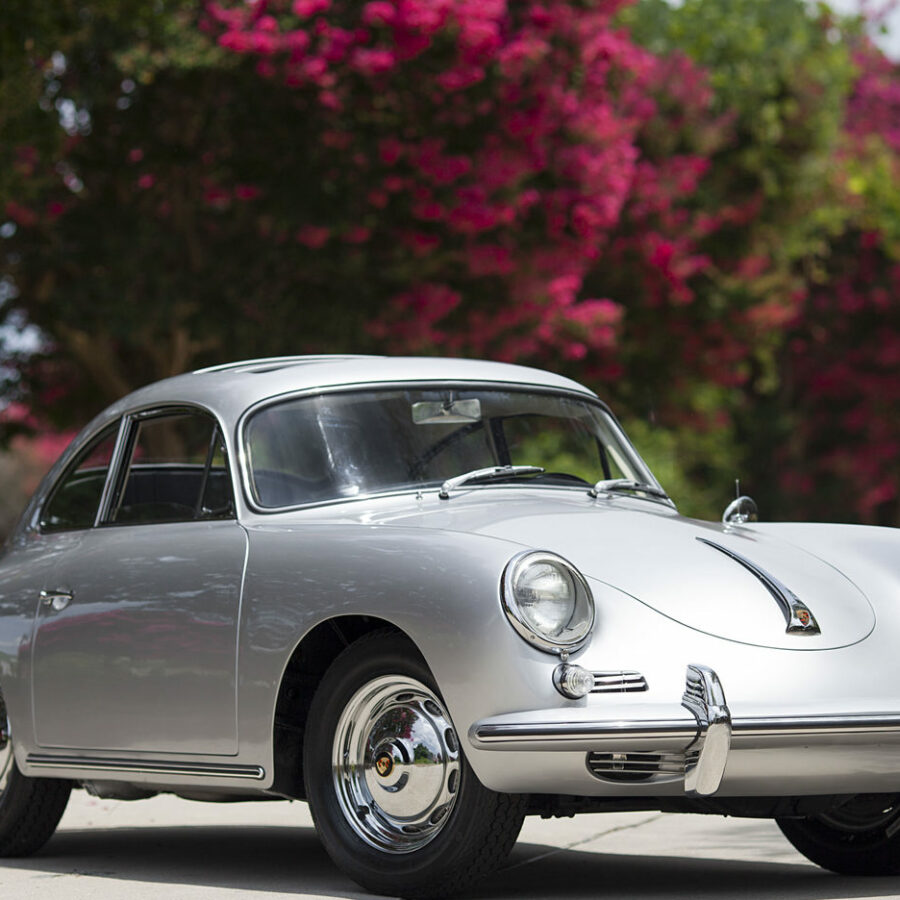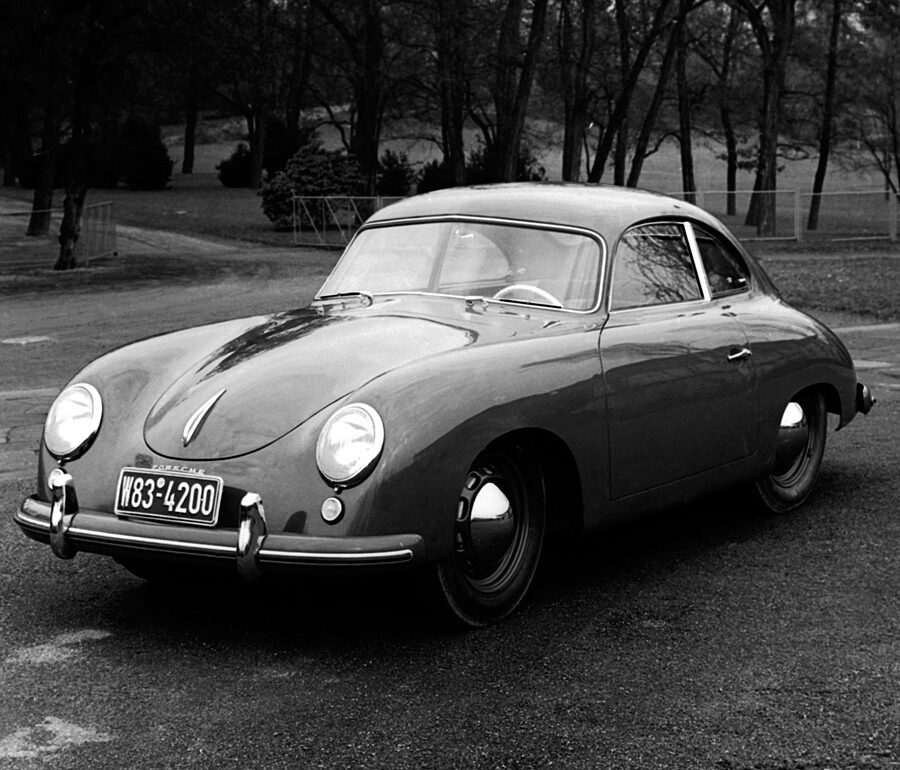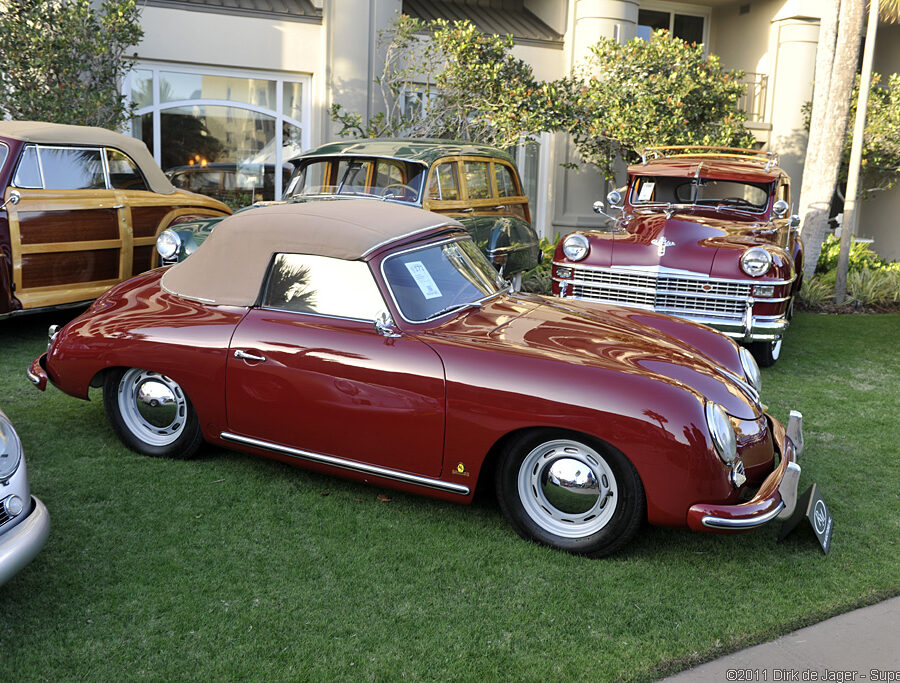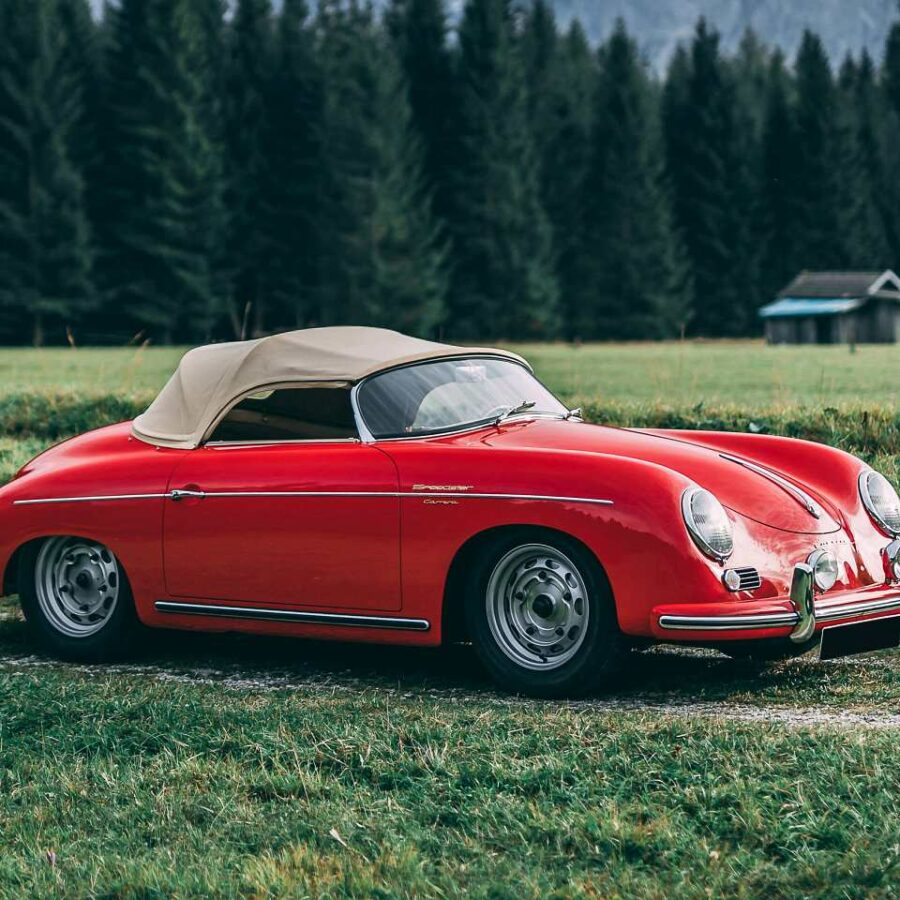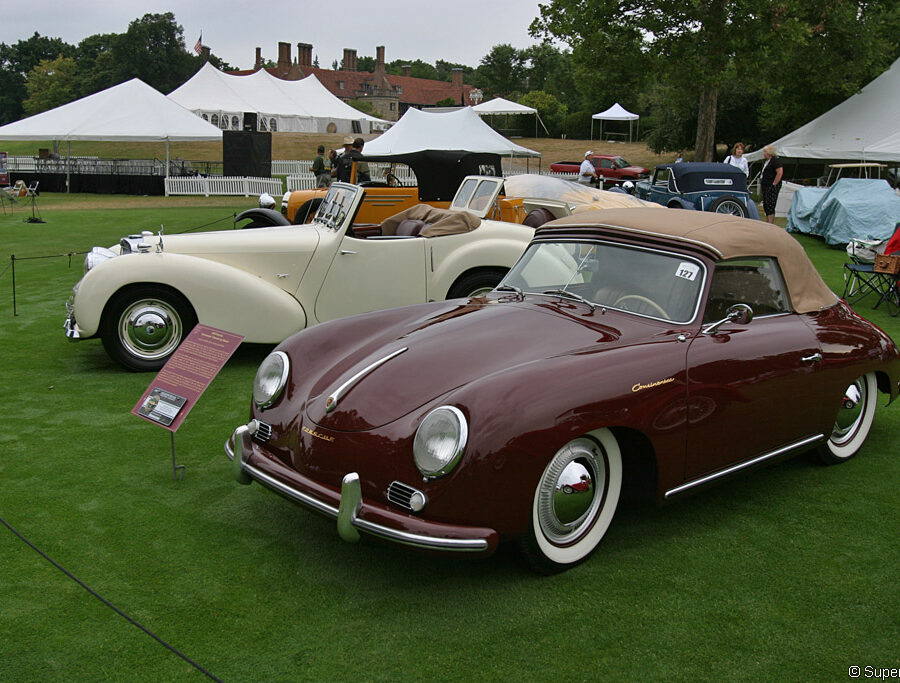Technical Information
- VIN Numbers
- Equipment and Option Codes
- Sales Brochures
- Parts Codes and Catalogs
- Model In Depth
- Specs & Performance
- Production Numbers
- Colors
- Engines
- Manuals
- Transmission Codes
- Maintenance & Service Schedule
- Notable Chassis
- Technical Drawings
- Mechanical Info
- What They Said
- Common Problems
- Inspection Checklist
- Model Numbers & Codes
- Dimensions
- Pricing When New
- Vehicle Type Codes
- Parts Codes
1952 Porsche 356 ‘America Roadster’
Max Hoffman convinced Porsche it needed a lightweight convertible to compete with Jaguar and Austin-Healey.
2025 Porsche 911 GTS Hybrid In-Depth Guide
…and what the not-so-distant-future looks like for Porsche’s flagship model after the latest mid-cycle facelift
A Brief History of JLP-4
There are 935s, and then there are 935s…
Buchmann-Porsche 928 Targa
The one we wish they made
Cayman GT4 Rallye Concept (2018)
For testing purposes Porsche Motorsport built a few tarmac rally cars based on the Cayman 981 GT4 racing version.
High-voltage batteries on the test bench at Porsche
Porsche Engineering uses state-of-the-art testing procedures to develop electric drives
History and future of the Porsche 911
Honoring numerous generations of the flat-6
In-Depth: The 1972 Porsche RS/RSR 911 360 0001 Prototype
The story of the development of the Porsche 911 RS/RSR prototype in the middle of 1972
Model Focus: Owning a Porsche 911 Carrera GTS (991.1)
The 991.1 range (2012-2016) had the most powerful naturally-aspirated series production engines ever built by Porsche. Producing an exceptional 110bhp/litre, the 991.1 Carrera GTS was the top of the range. Subsequently environmental legislation would oblige Porsche to build smaller engines and extract more power by turbocharging.
Model Focus: Owning a Porsche 911 GT3 (996.2)
In 1999, the 996 GT3 launched what would become the most successful purpose built race car in the history of motorsport.
Model Focus: Owning a Porsche Cayman R (987)
The first ‘hot’ Cayman which would pave the way for the later GT4 Background & Tech
Model Focus: Owning the Porsche 911 RS America (964)
Today a rare and sought-after 911, the RS America was a Stateside special that arrived at exactly the right time.
My First 1973/4 Porsche RS/R
A trip down memory lane with John Starkey’s 1973 RS 2.7 Carrera
ORIGINALE magazine celebrates 10th issue
Freely distributed booklets grow in popularity
Porsche (All Models) (Pre-1970) – Equipment & Options Codes
Equipment Codes & Option Decoder
Porsche 2708 Indy (1987 – 1988)
1987 - 1988. Unlucky and Unprepared Porsche CART Race Car
Porsche 356 – Paint Colors (Exterior & Interior)
Color Options and Samples
Porsche 356 (MY 1948-1965) – Sales Brochures
Sales Catalog for the Porsche 356
Porsche 356 (MY 1950-1959) – Part Catalog
Spare Parts Catalog (Porsche PET) for the Porsche 356/356A
Porsche 356 (MY 1960-1965) – Part Catalog
Spare Parts Catalog (Porsche PET) for the Porsche 356B/356C
Porsche 356 1100 “Pre-A” (1950 – 1954)
The first Stuttgart-built 356 have later been called as 356 Pre-A.
Porsche 356 1300 “Pre-A” (1951 – 1955)
In 1951, a bigger 1.3-litre Type 506 engine was announced. It marked the first significant move away from the original Volkswagen unit.
Porsche 356 1300 Super “Pre-A” (1954 – 1955)
In 1953, the 1300 S or "Super" was introduced, and the 1,100 cc engine was dropped.
Porsche 356 1500 “Pre-A” (1952 – 1955)
The 1500 was Porsche’s newest engine which was quickly fitted with 40 PIBC Solex carburetors
Porsche 356 1500 “Pre-A” Carrera (4-cam) (1955)
The 356 gets a race inspired 1500 cc four cam motor


